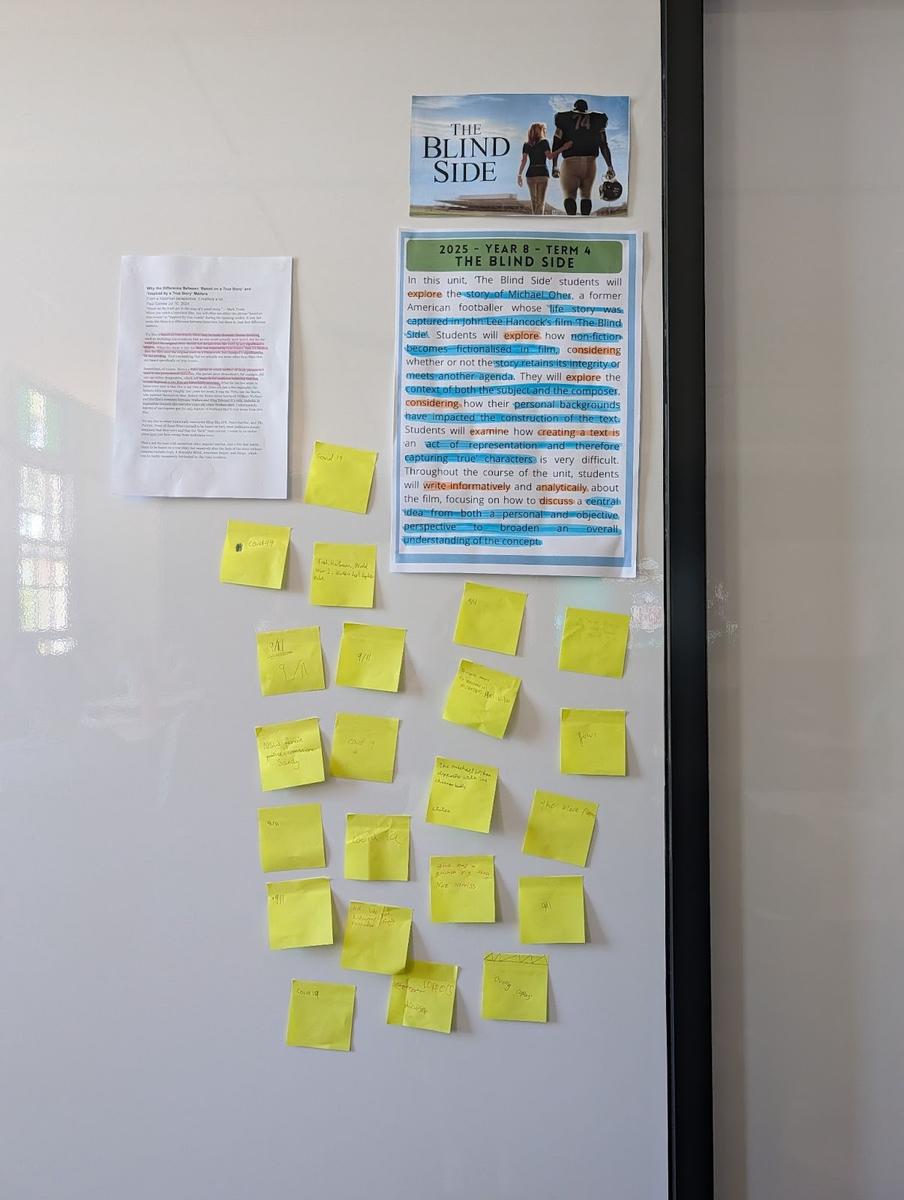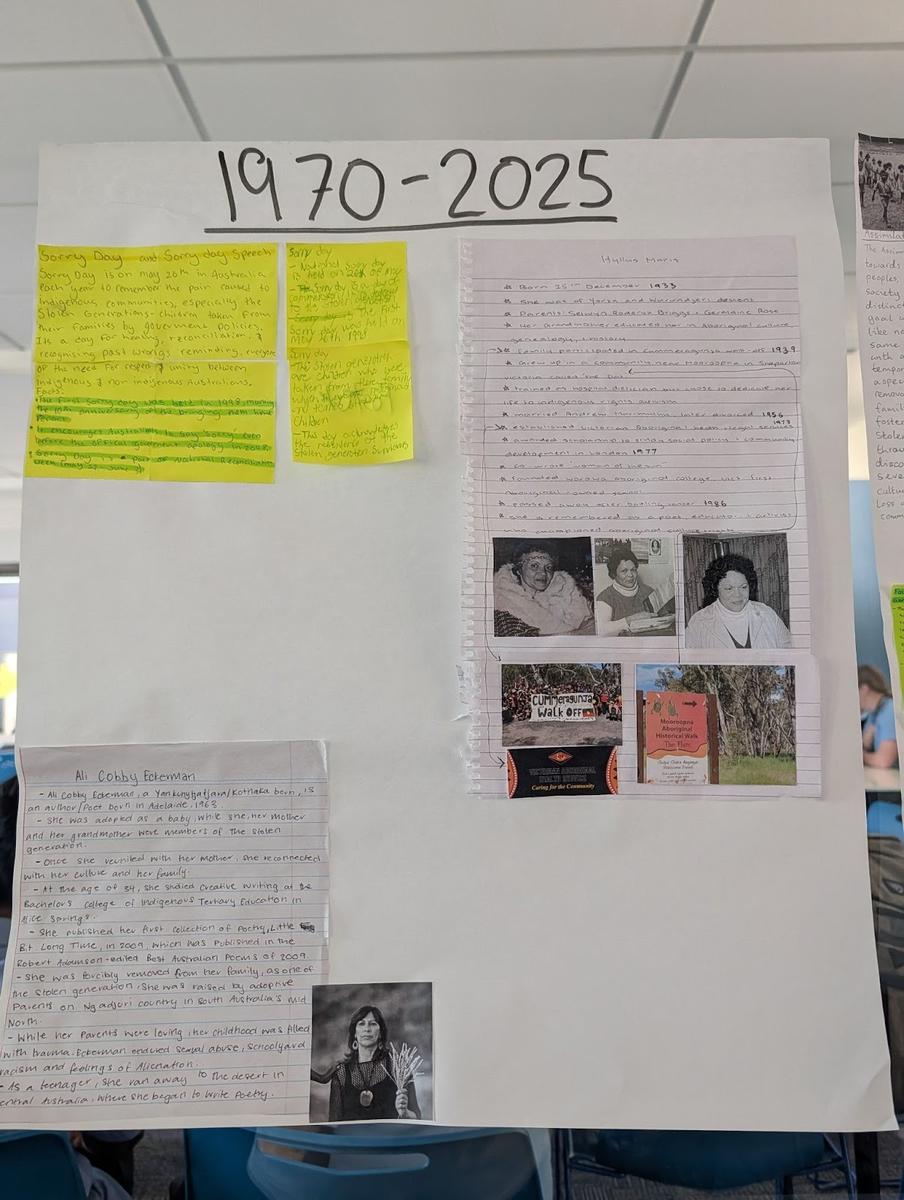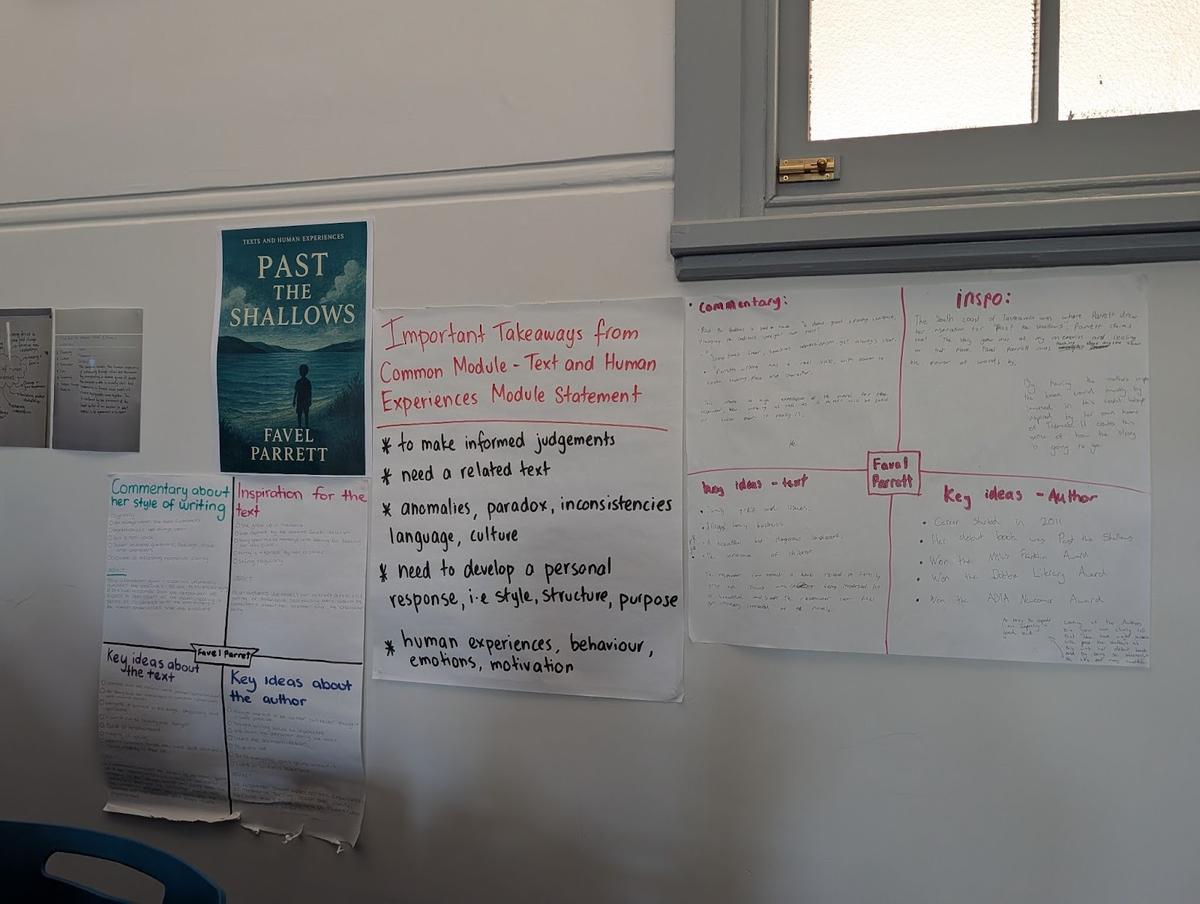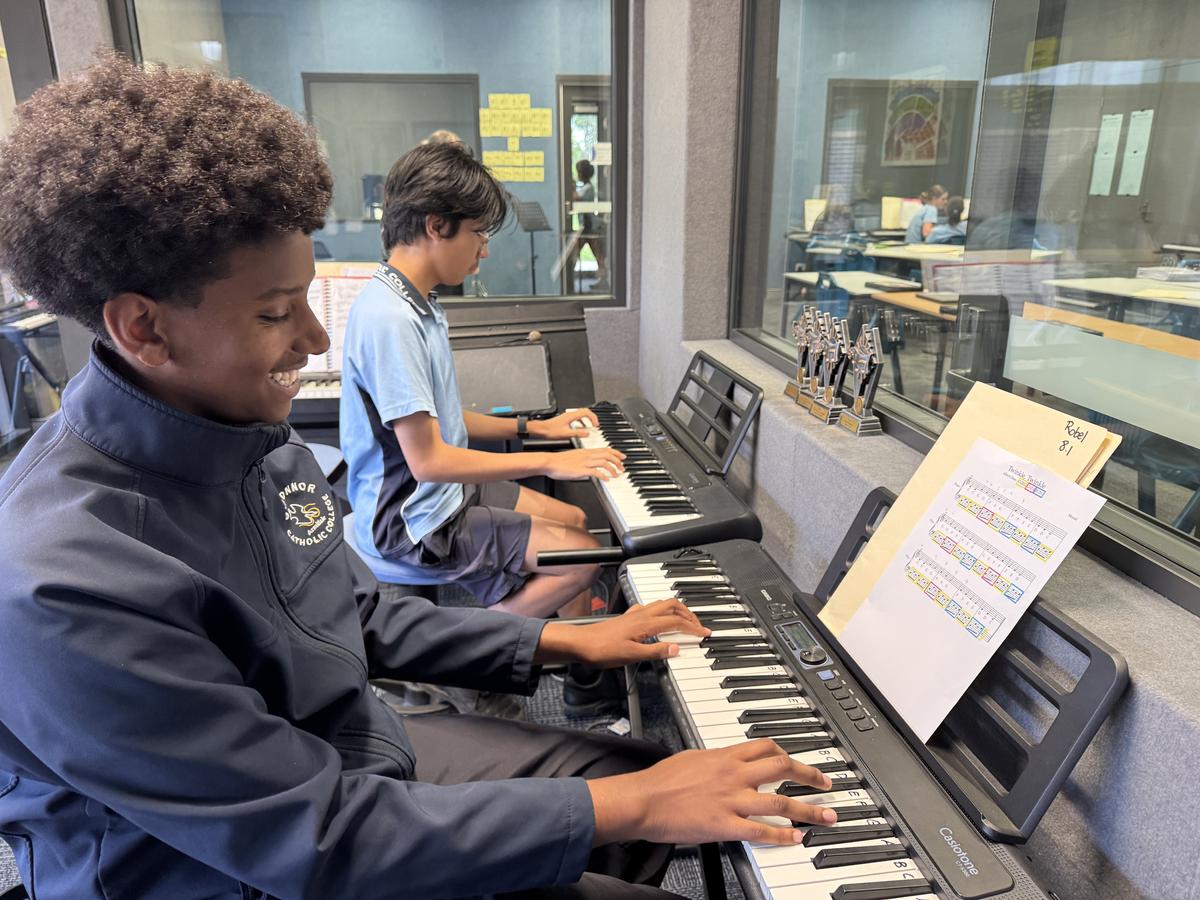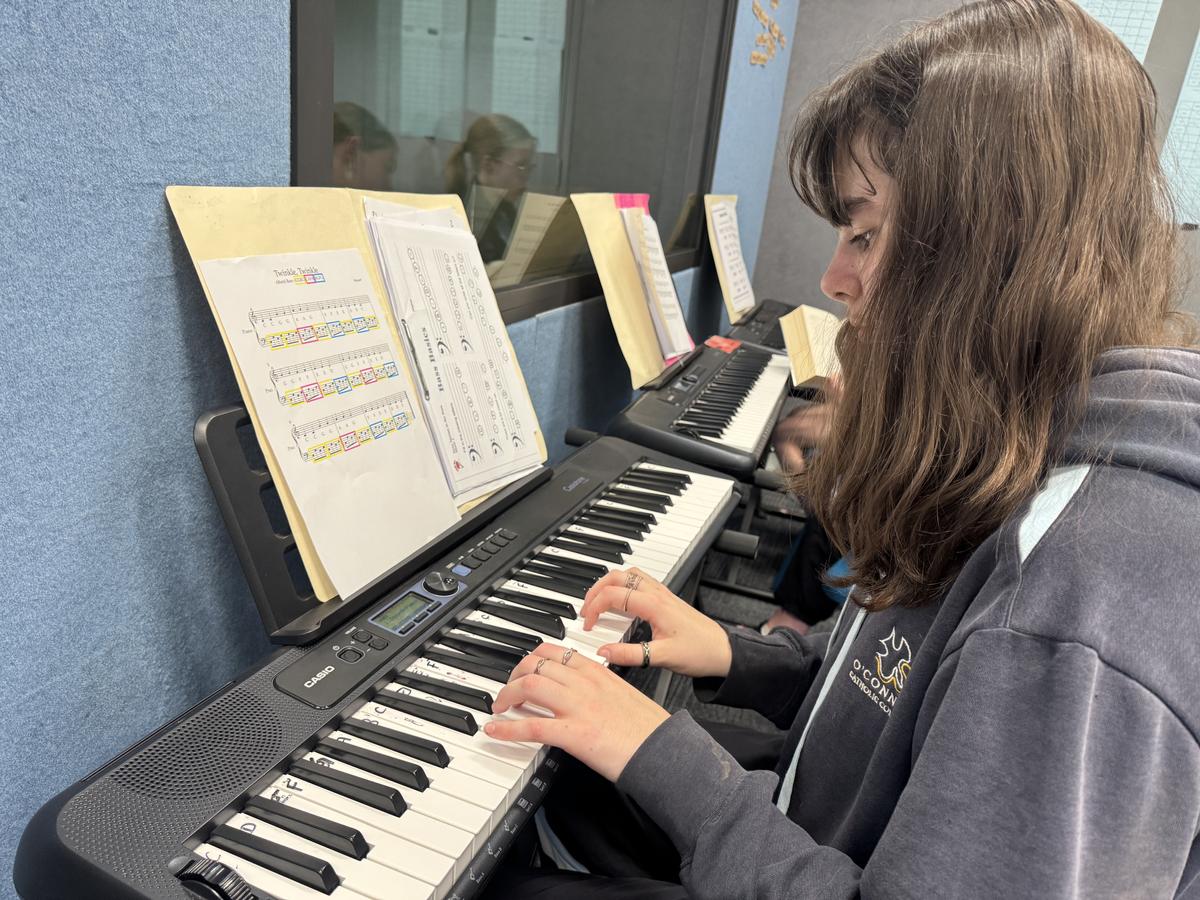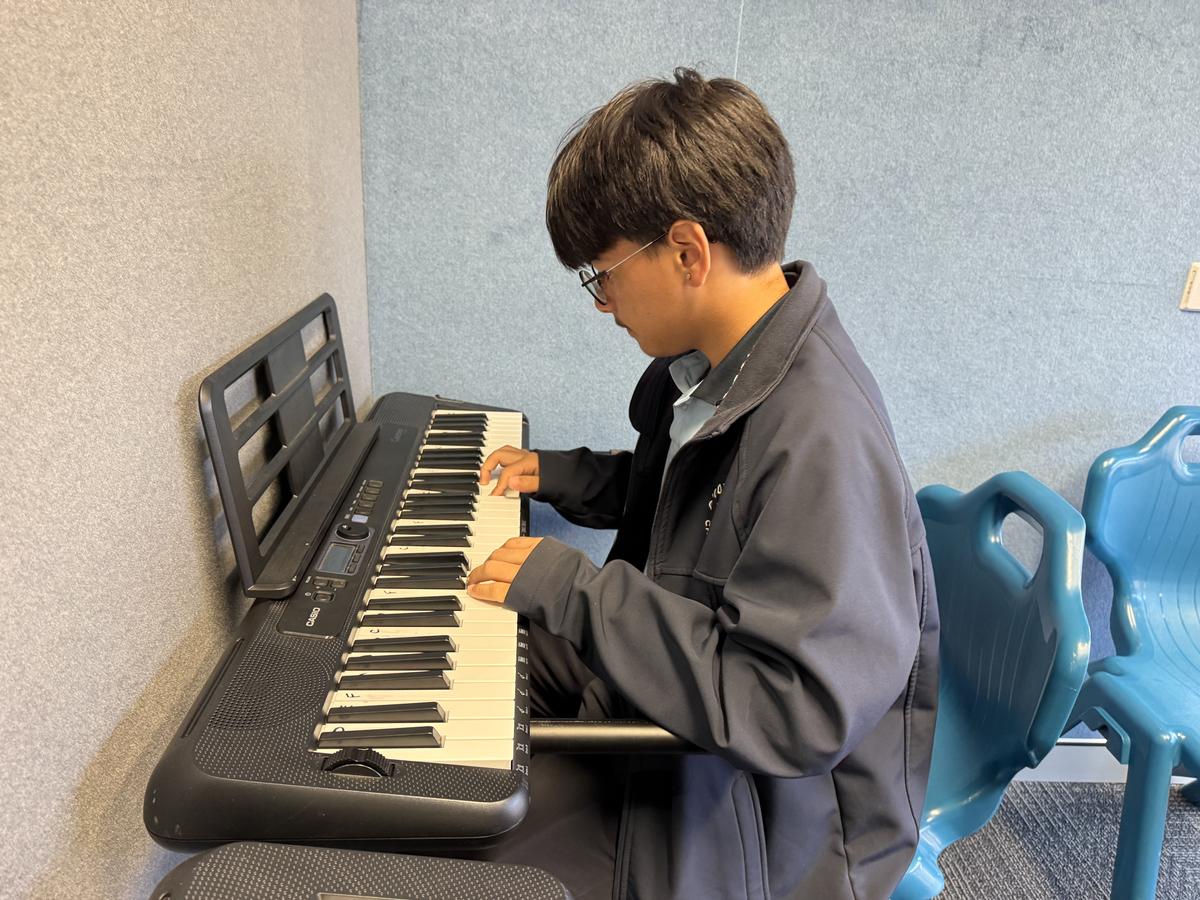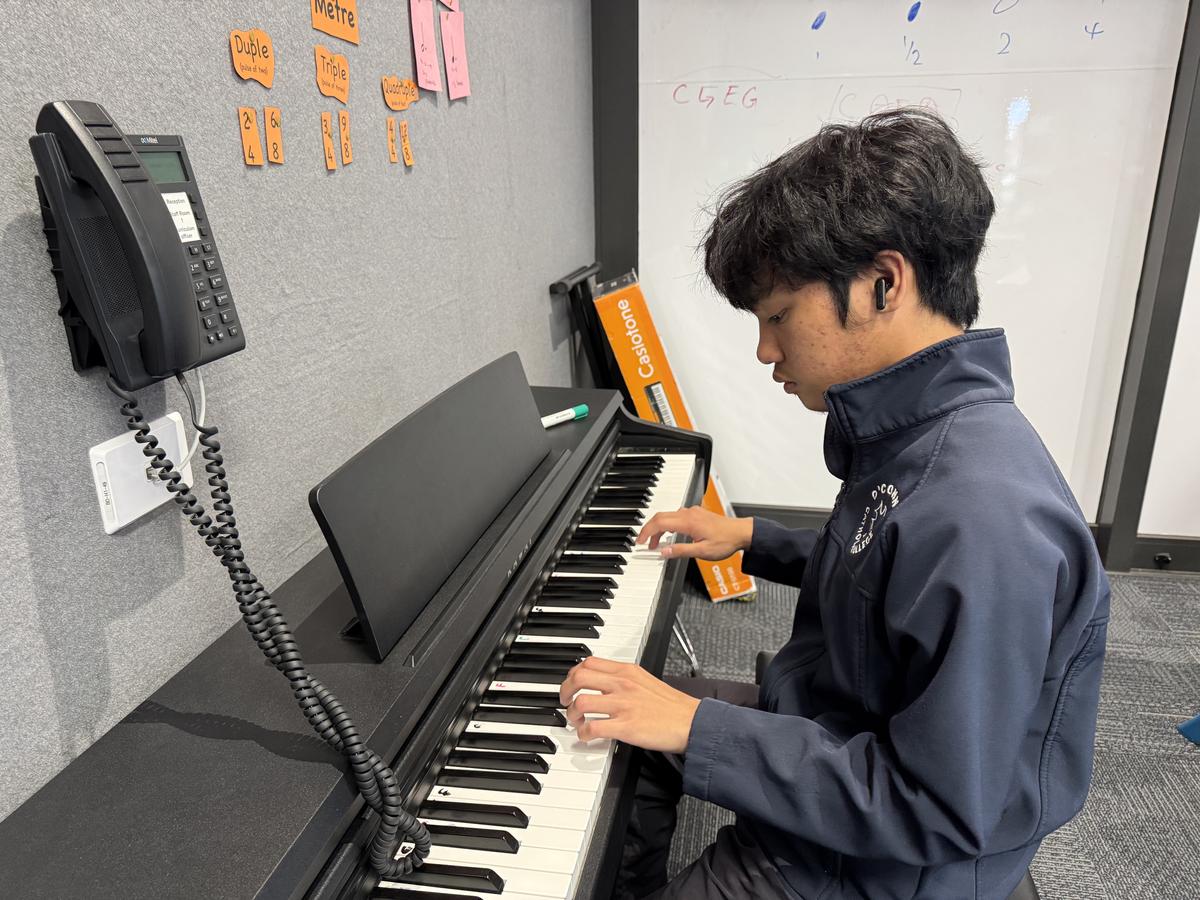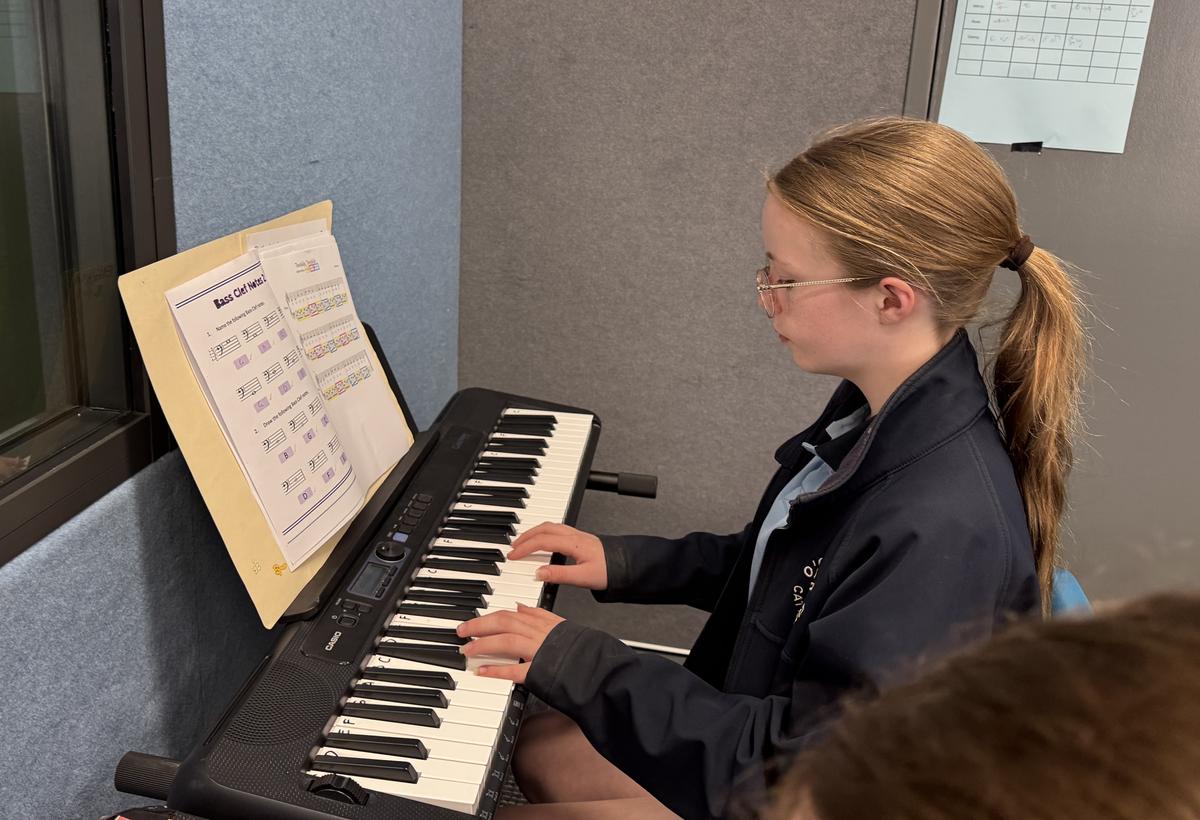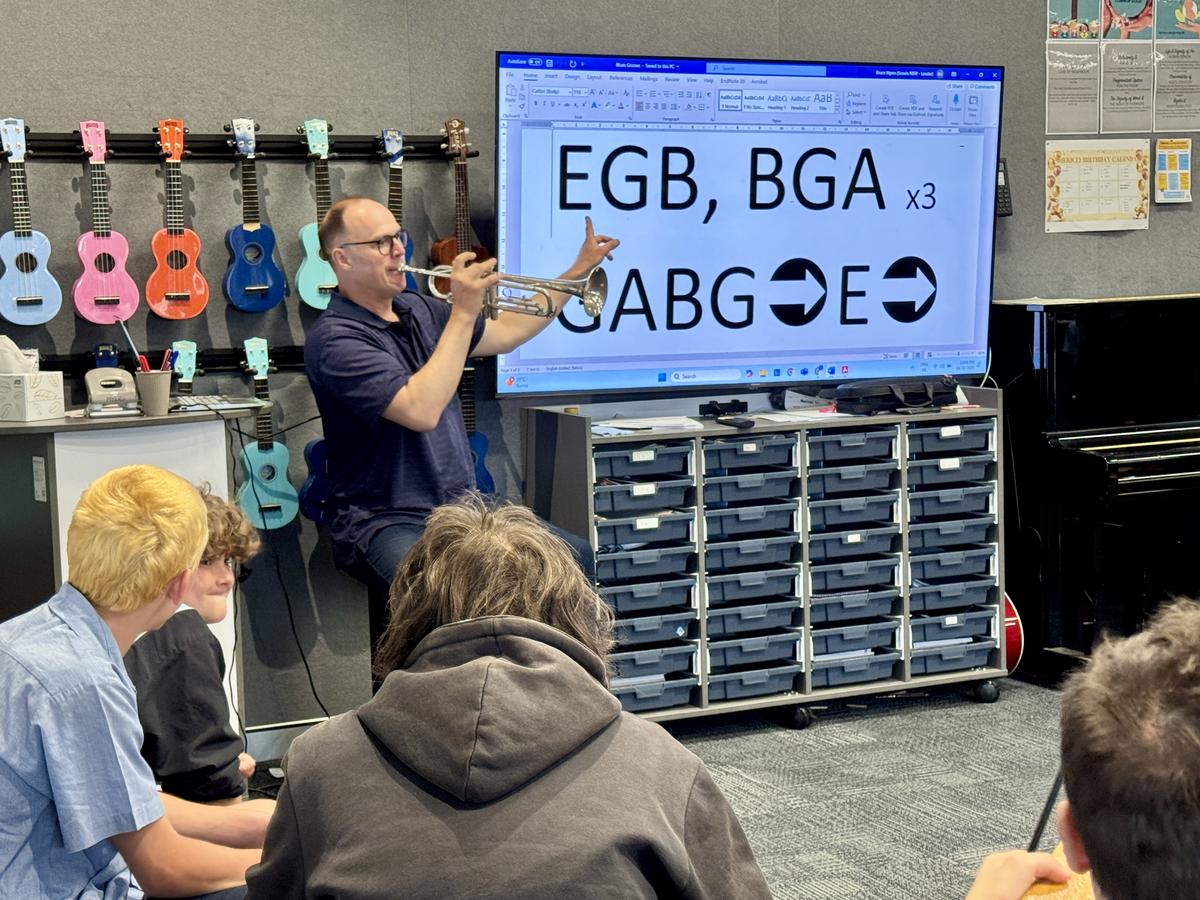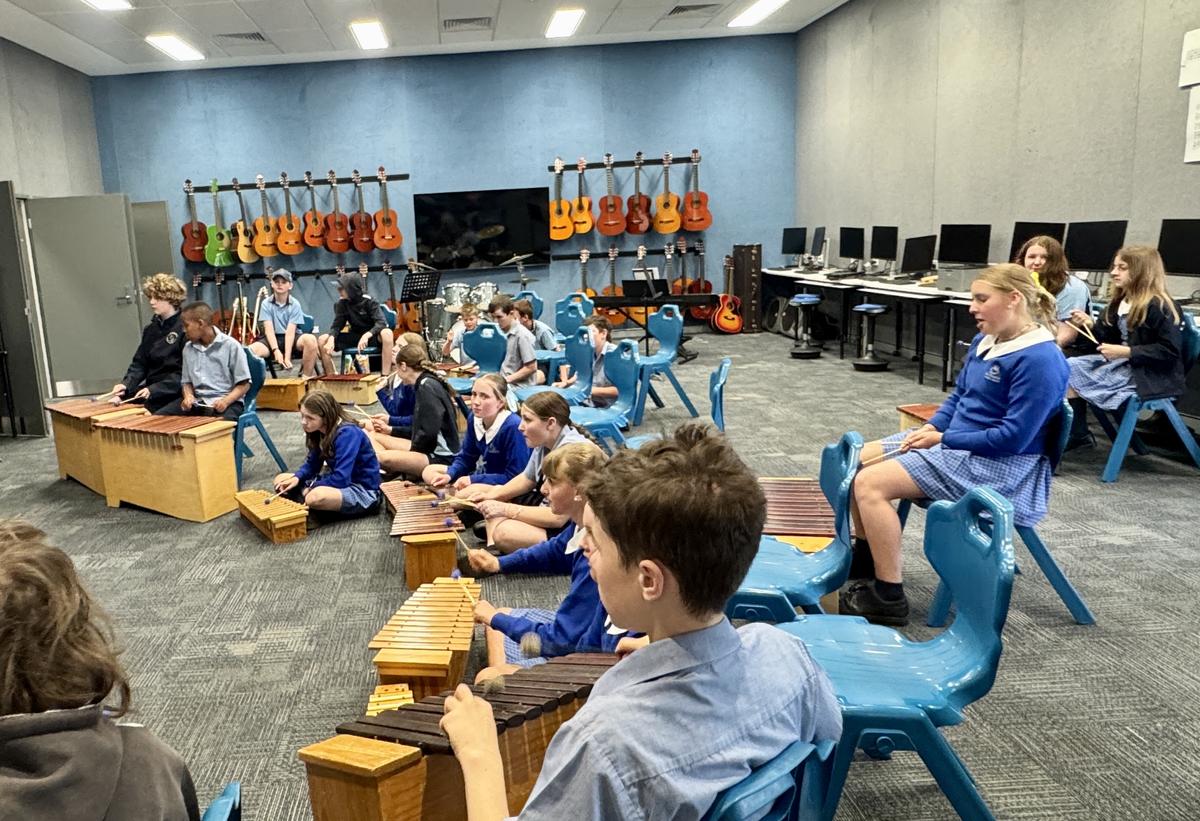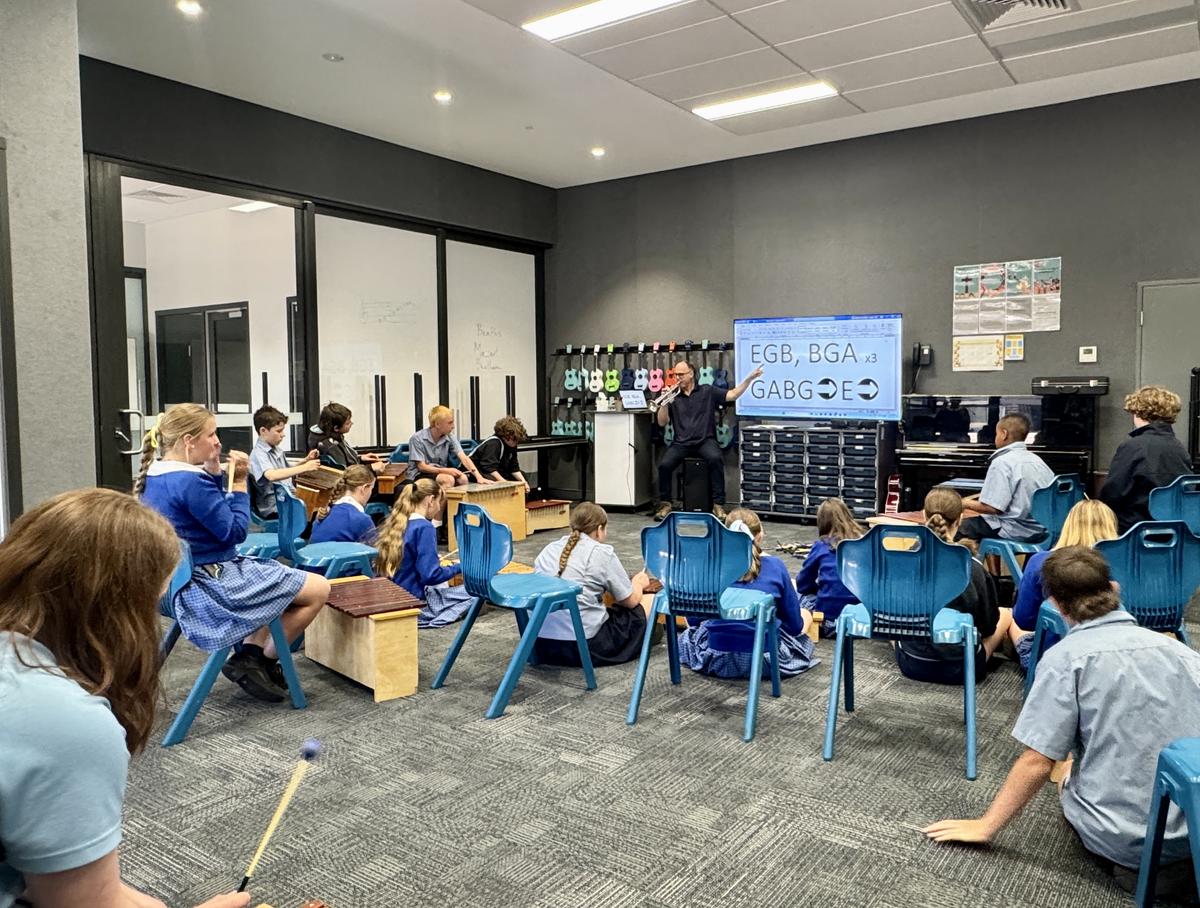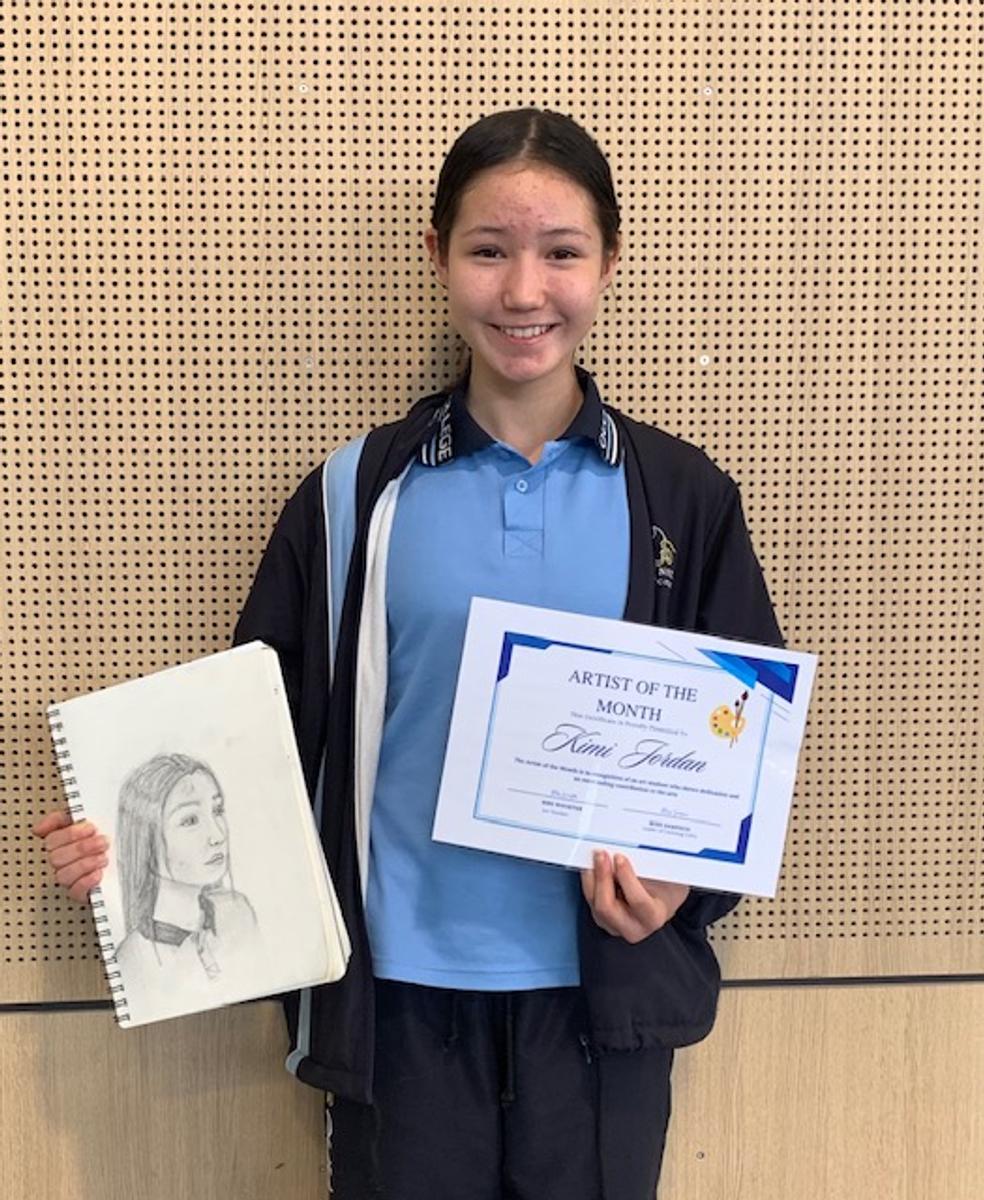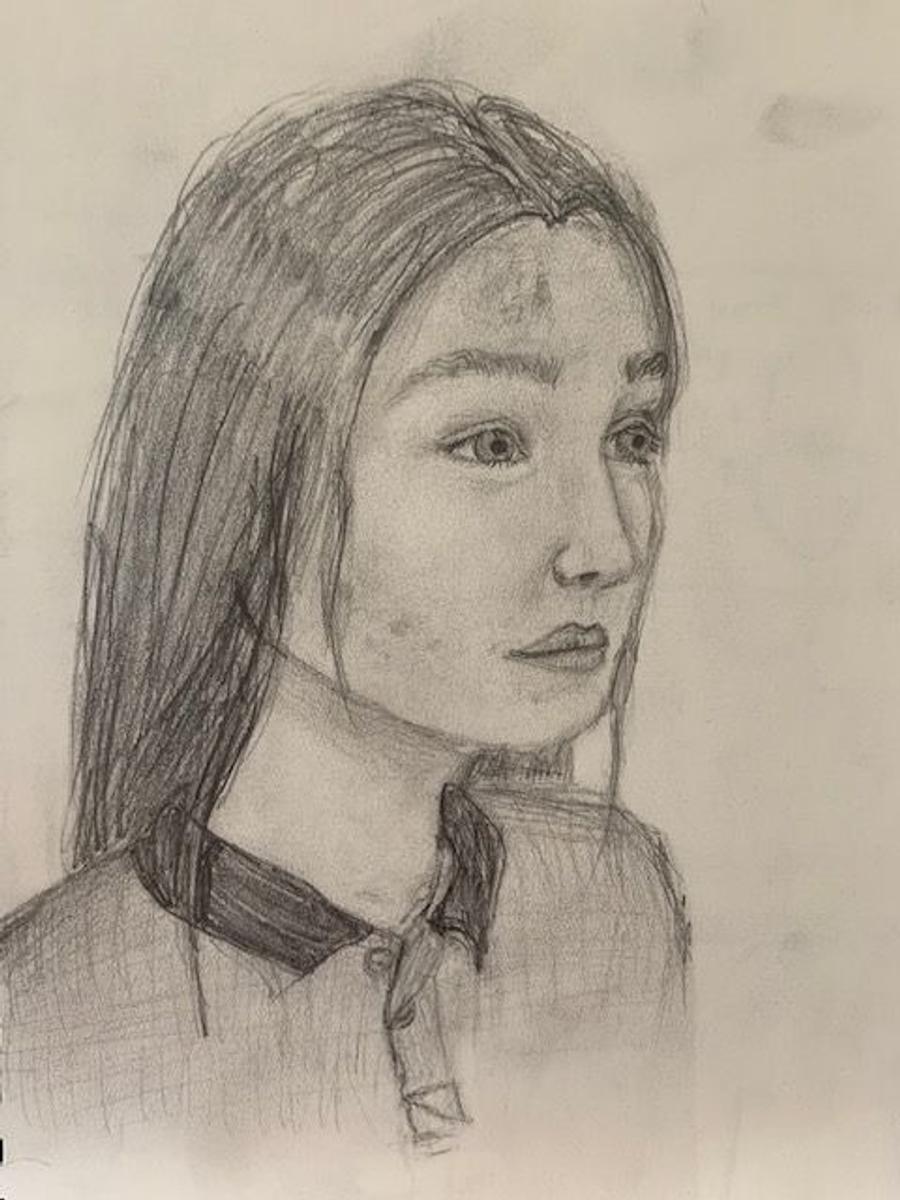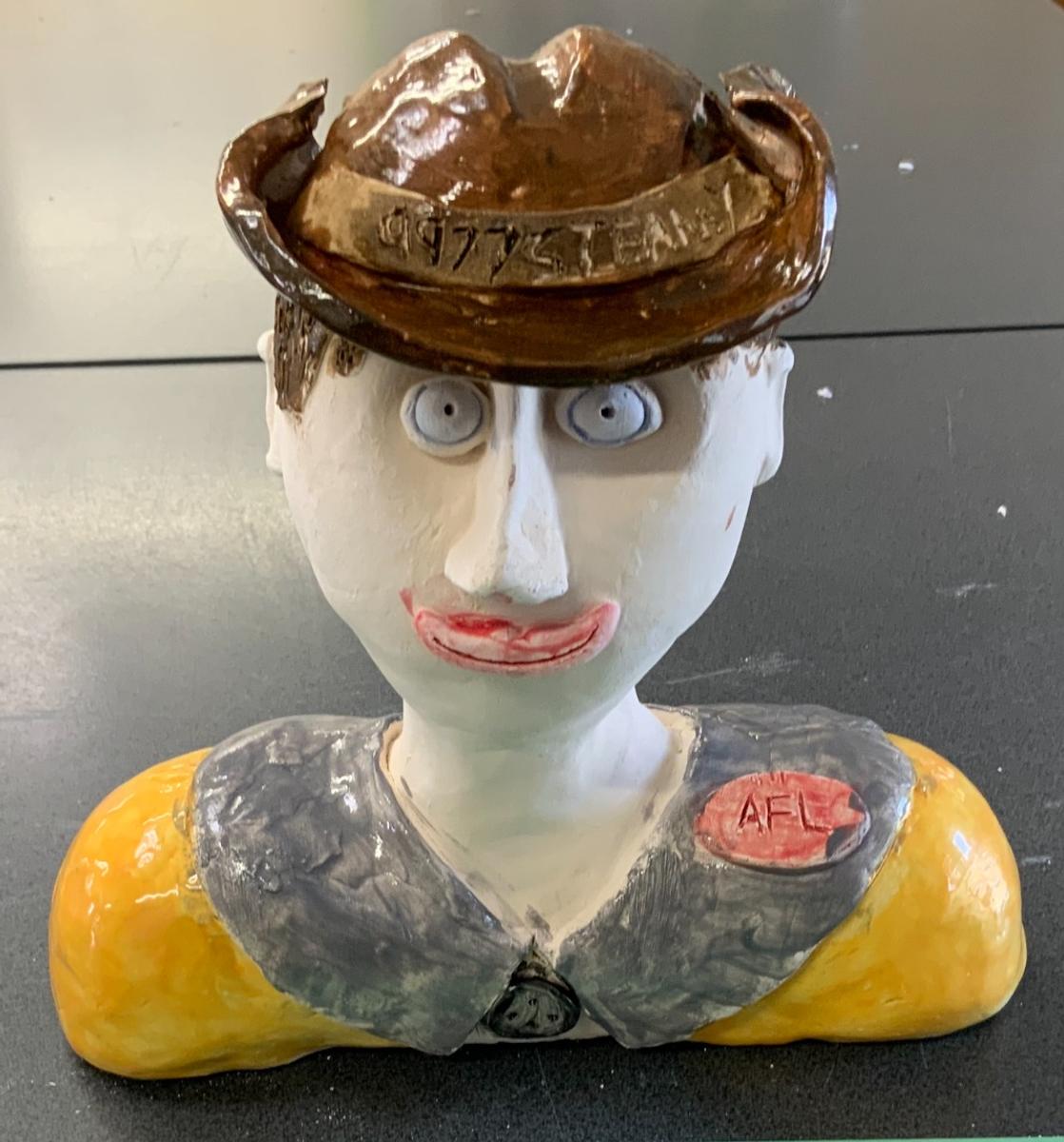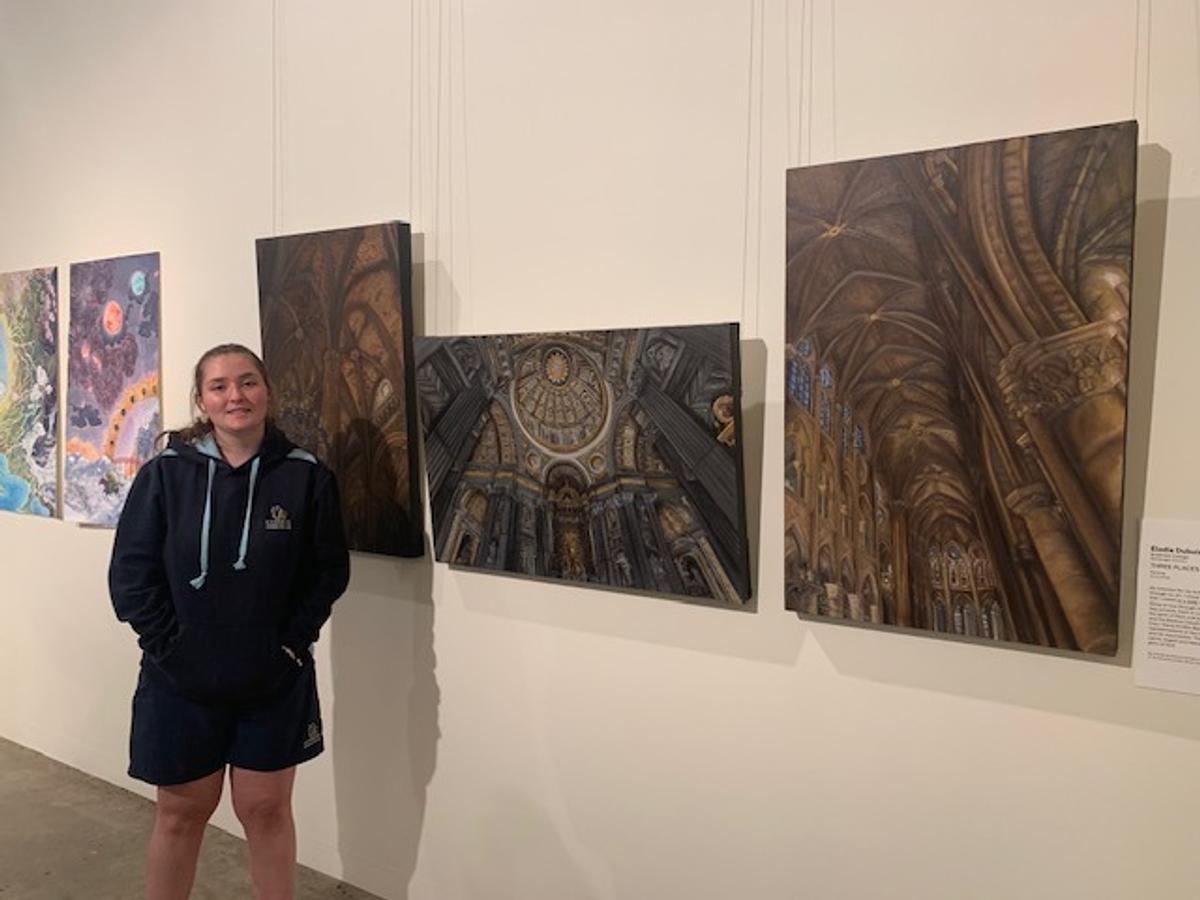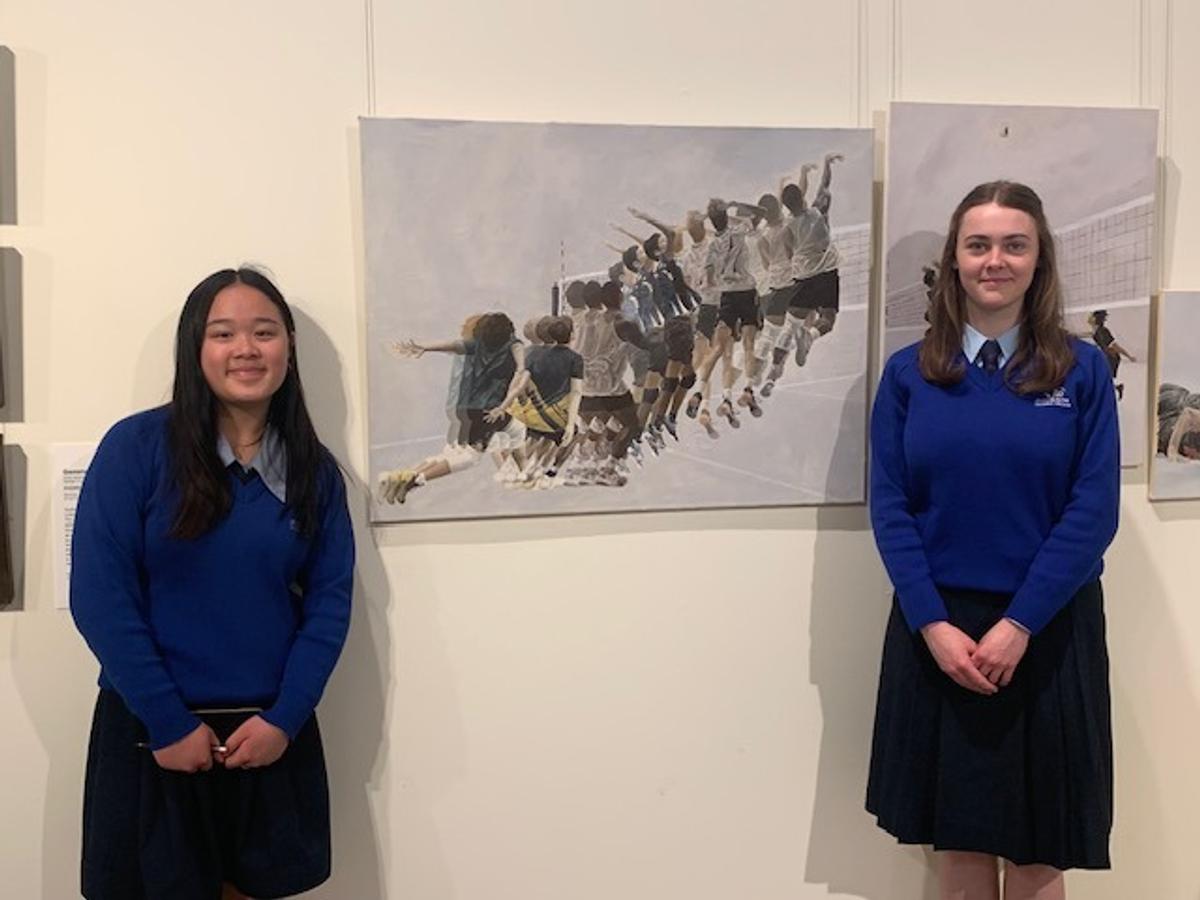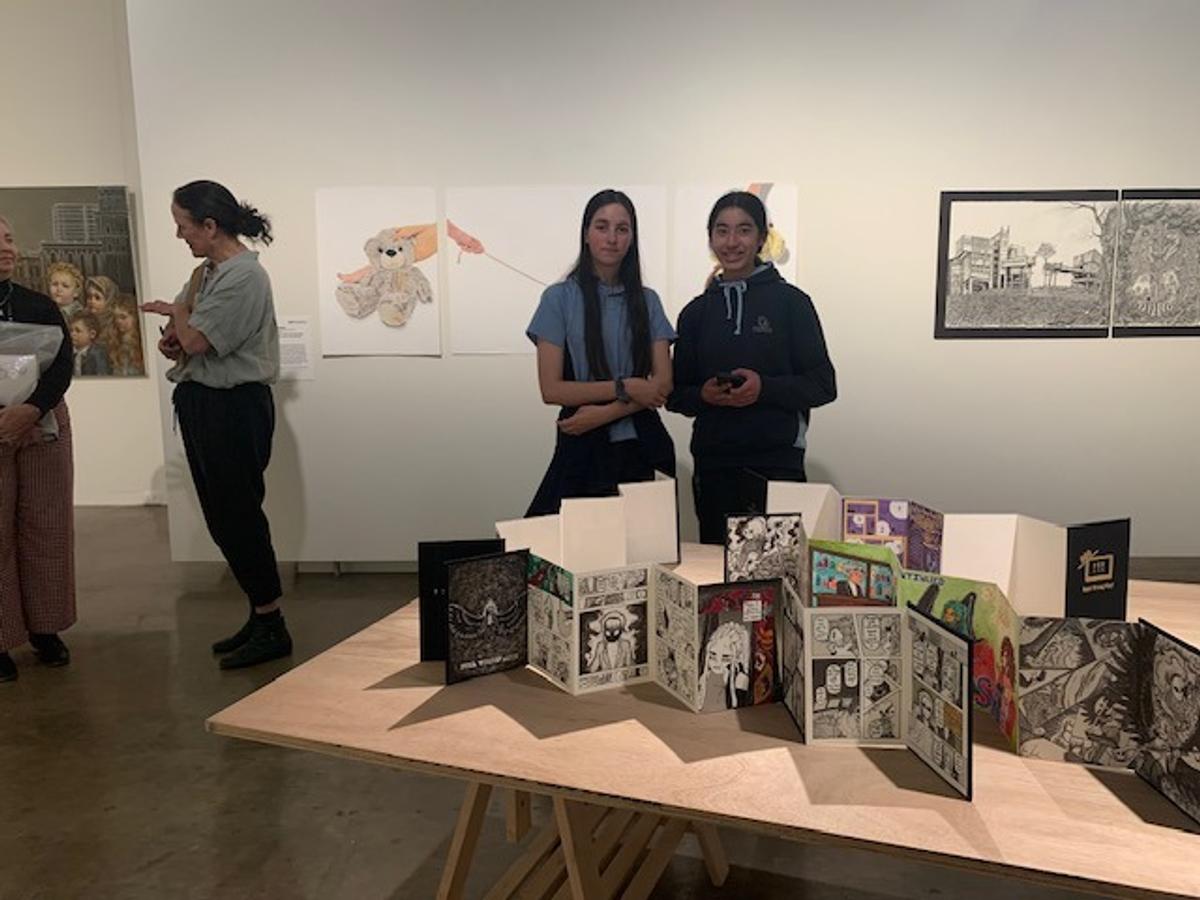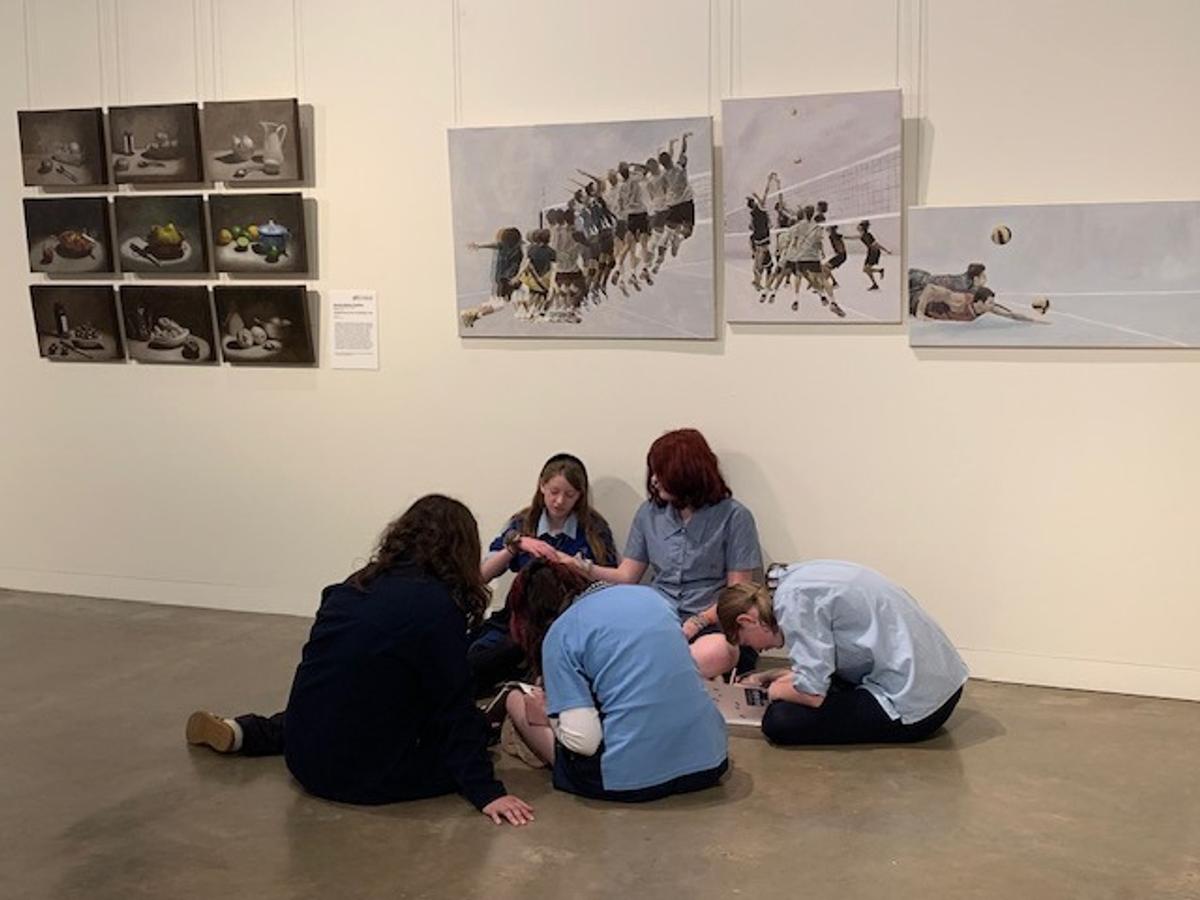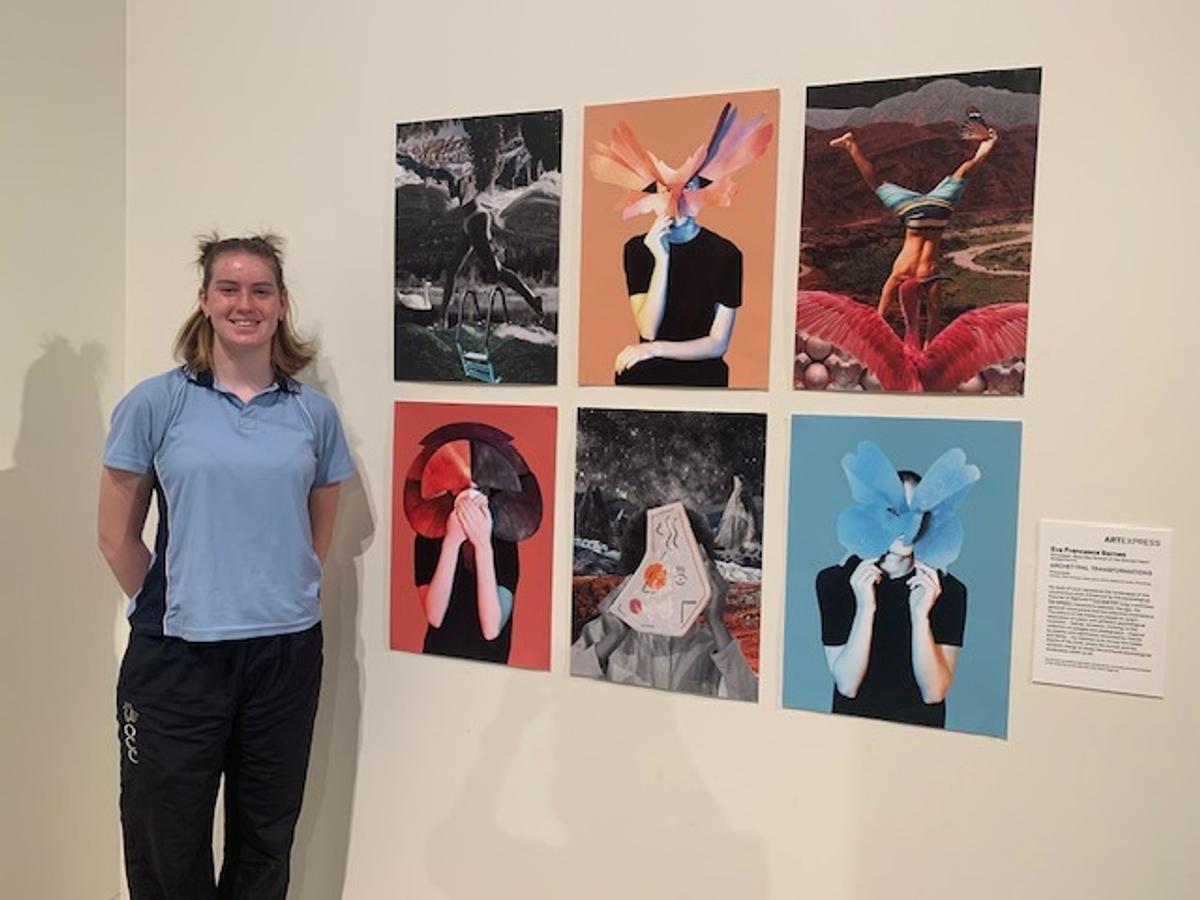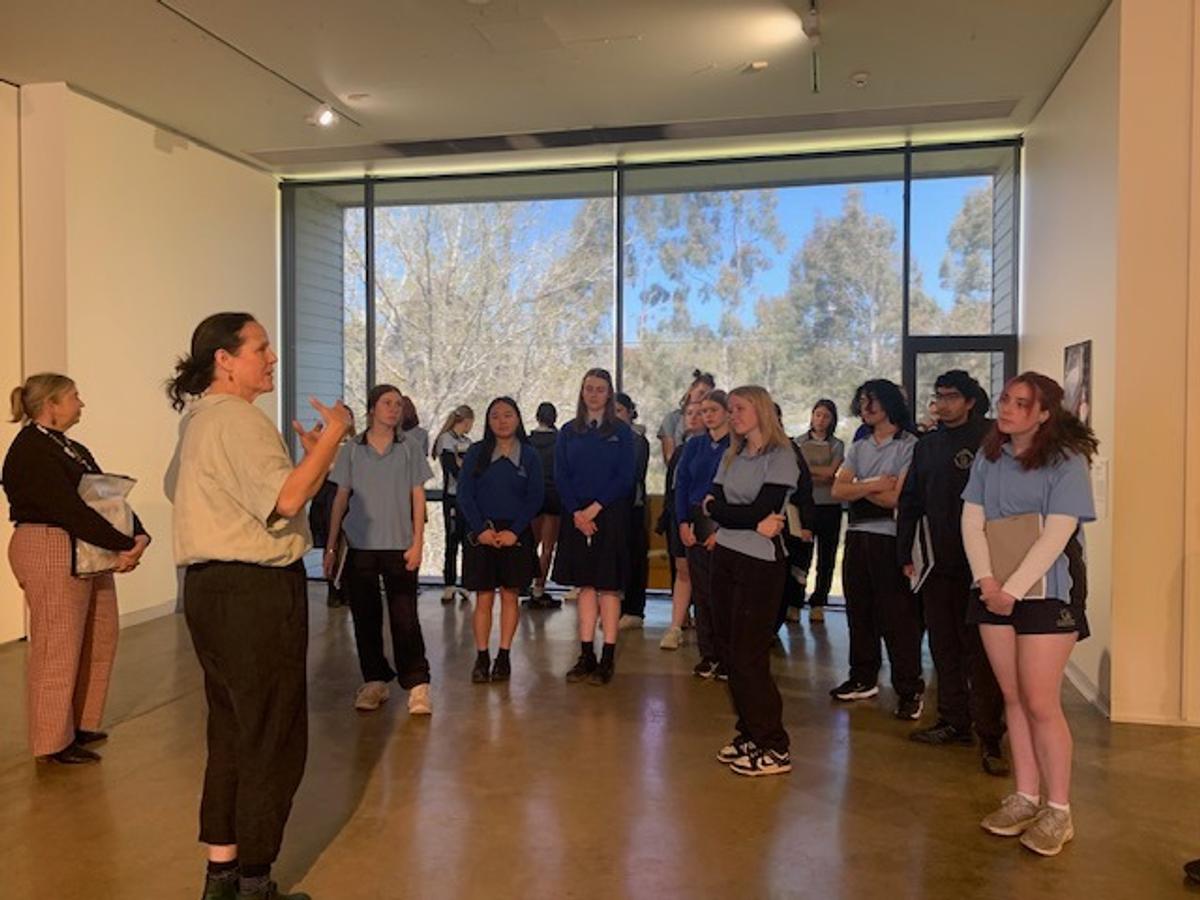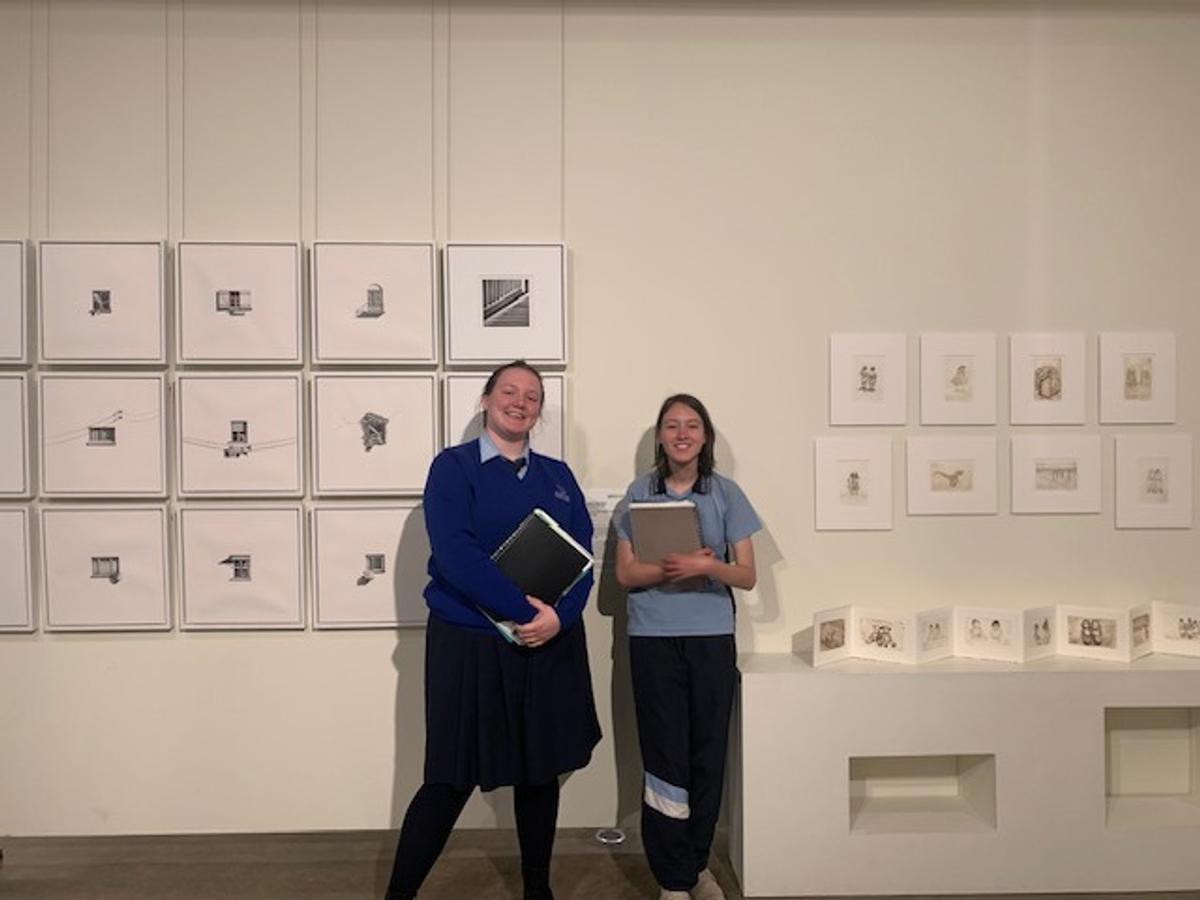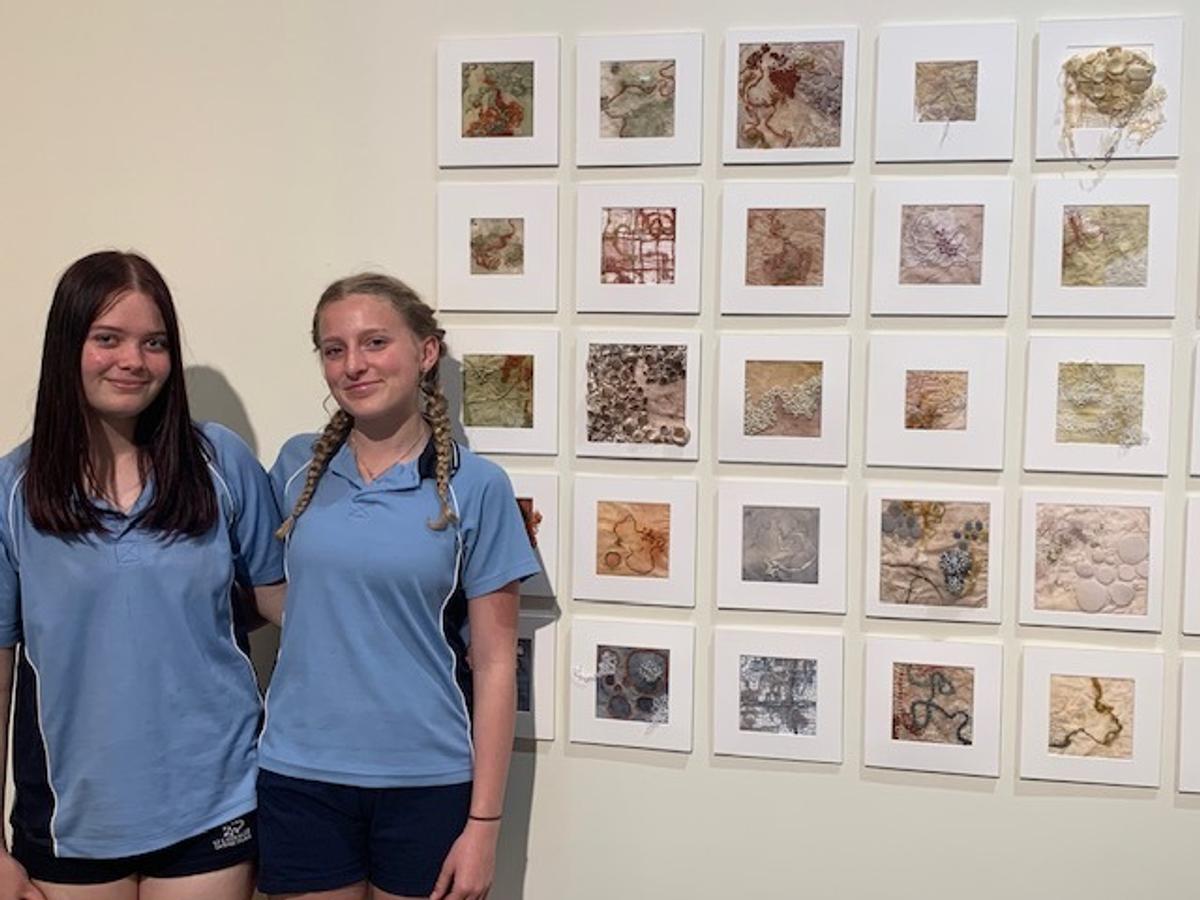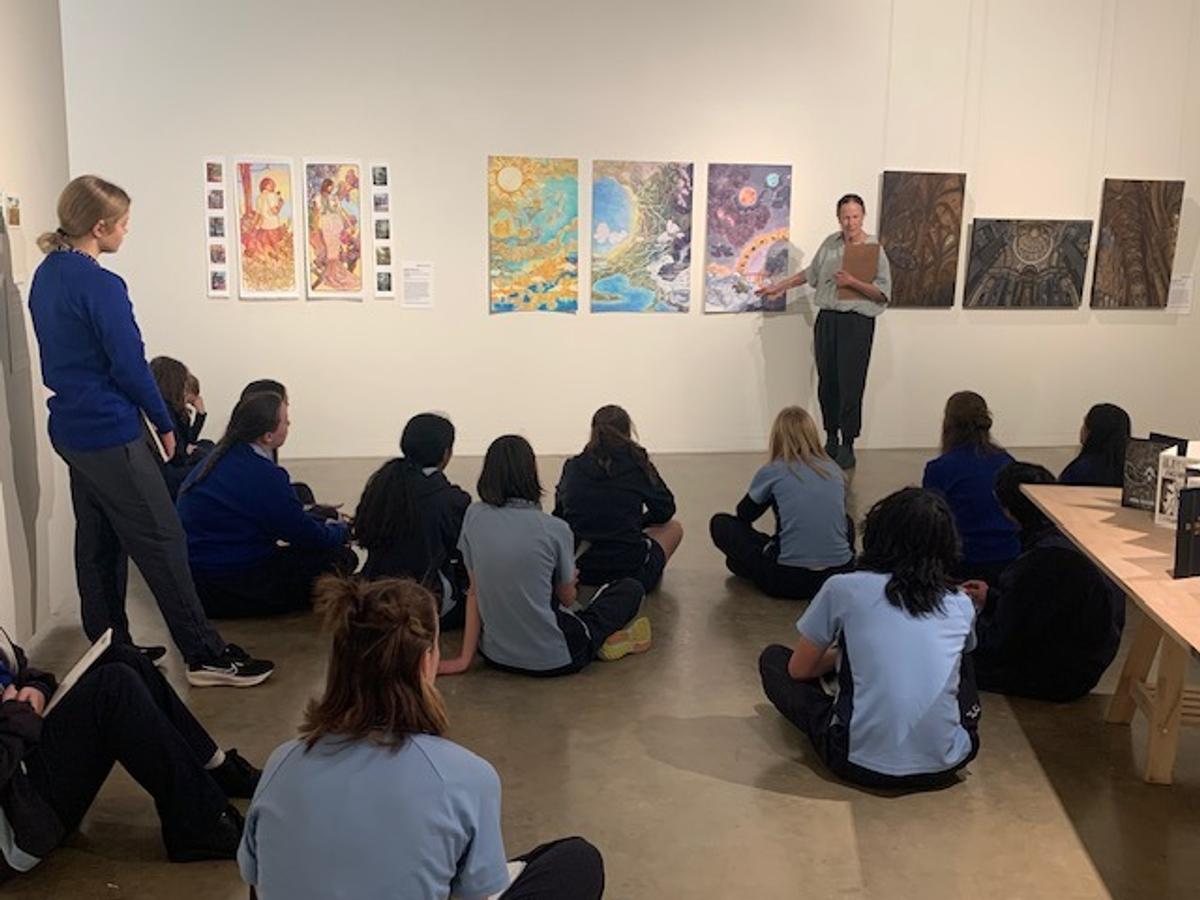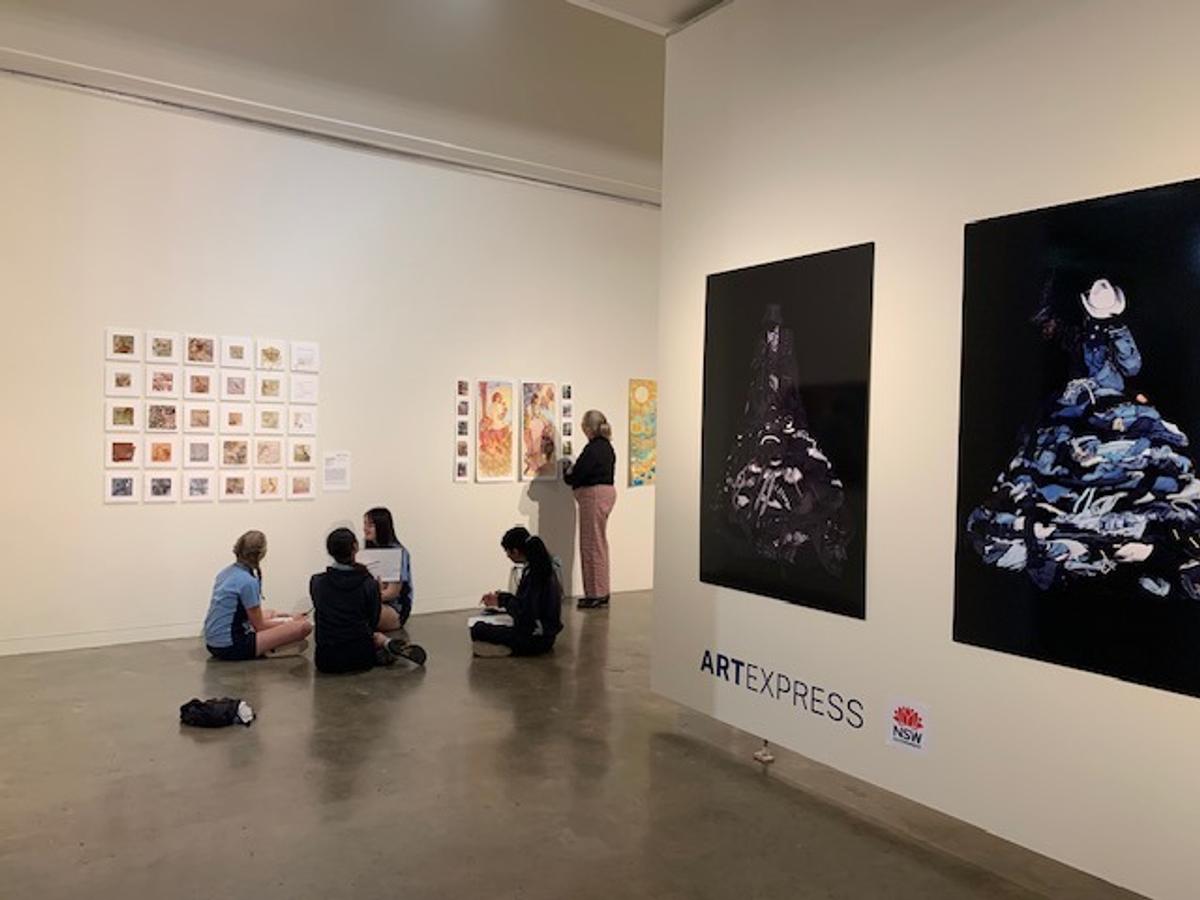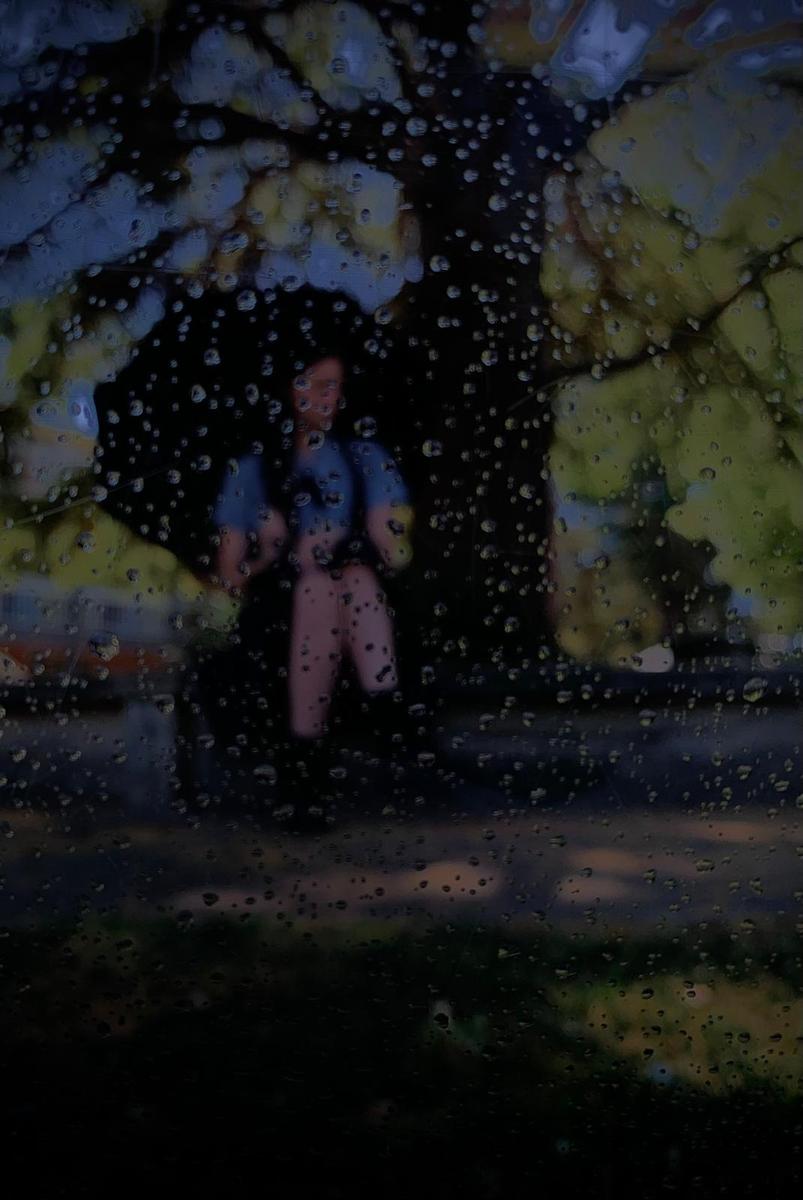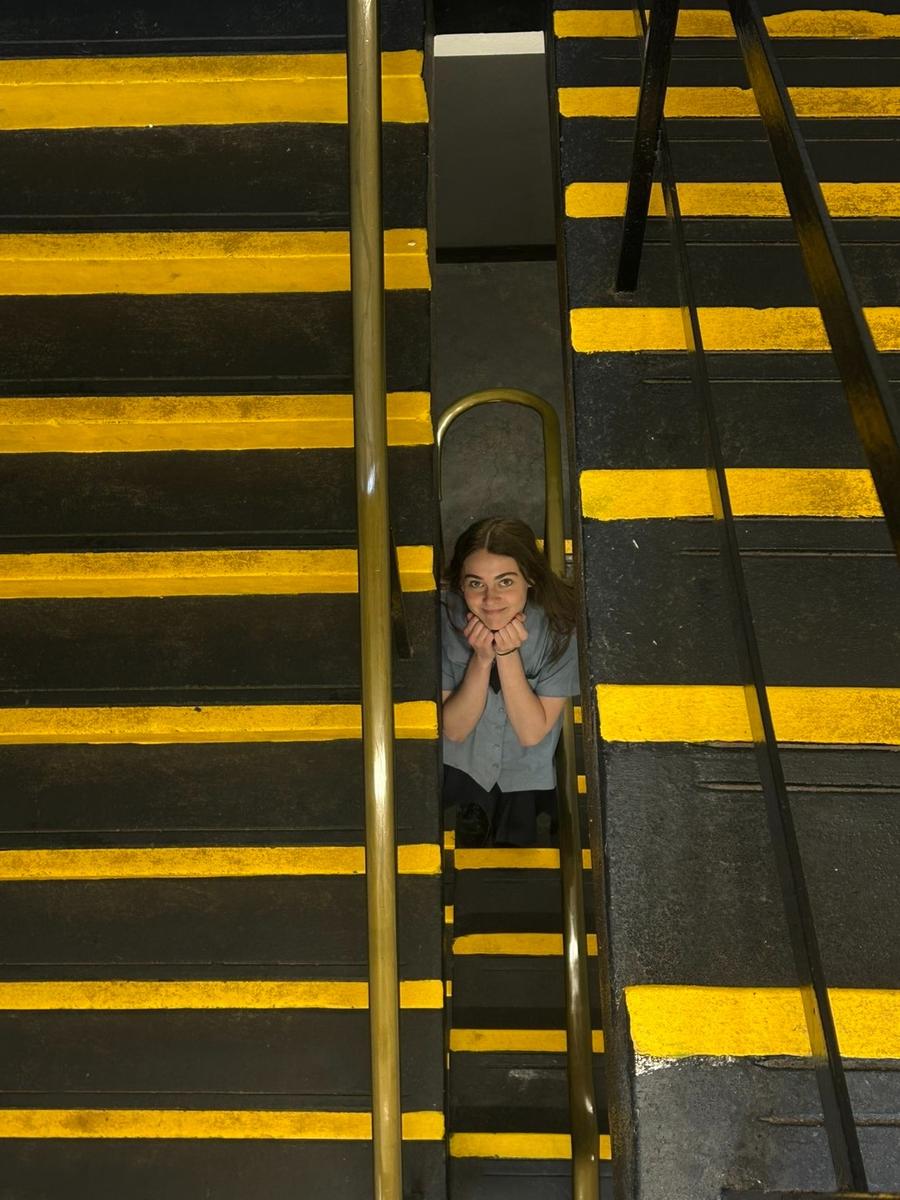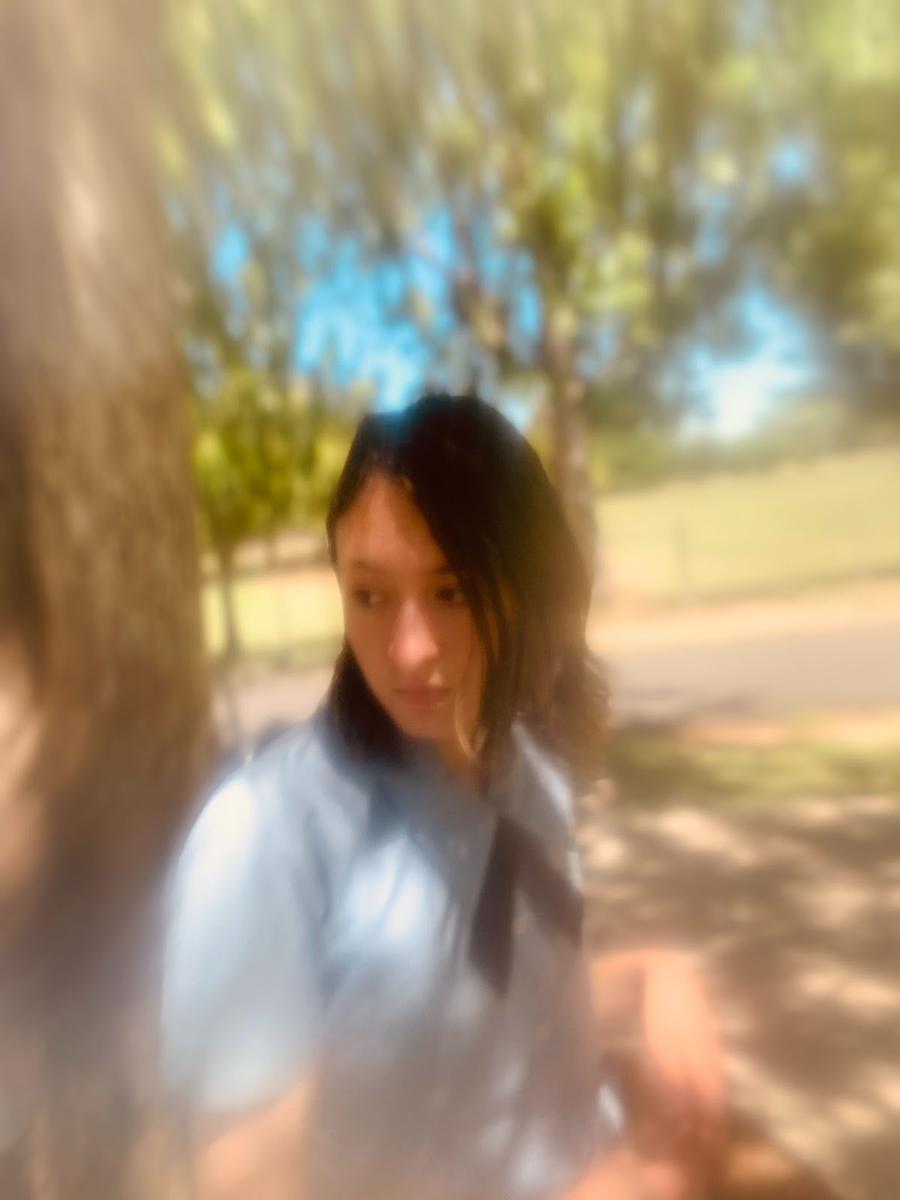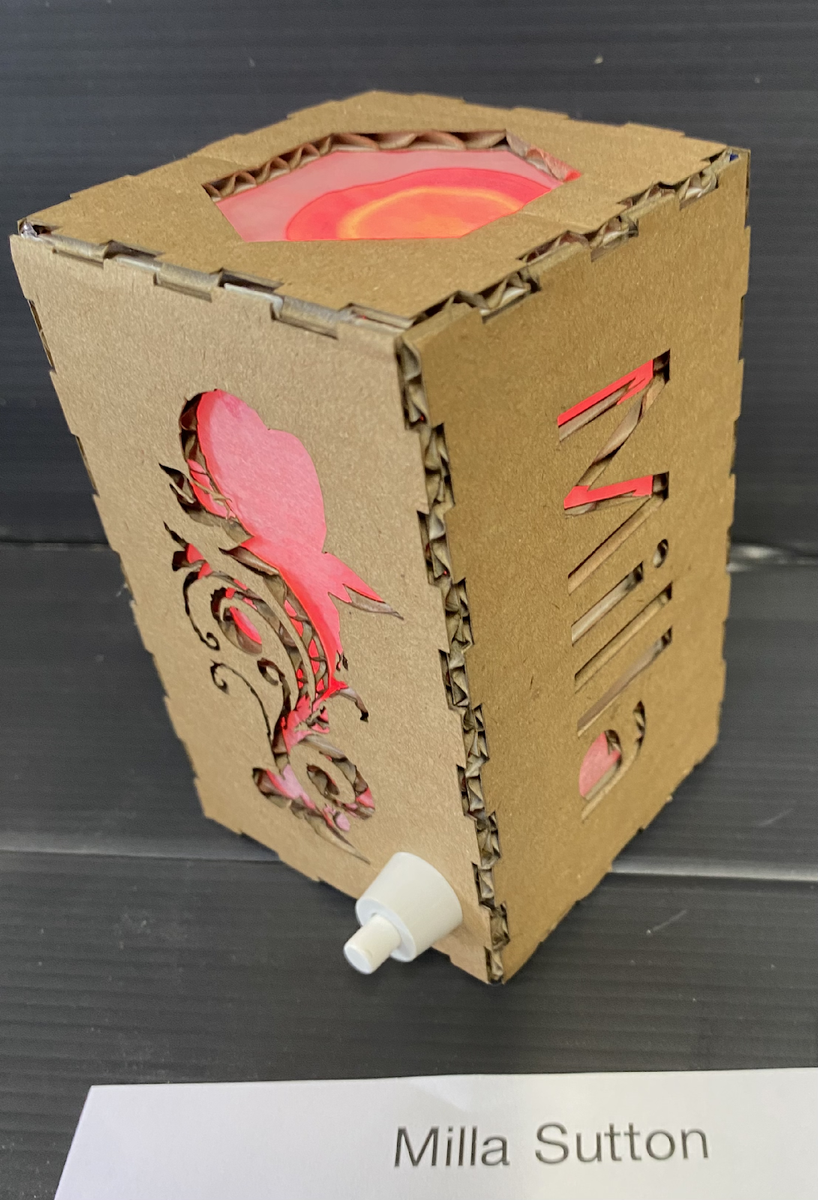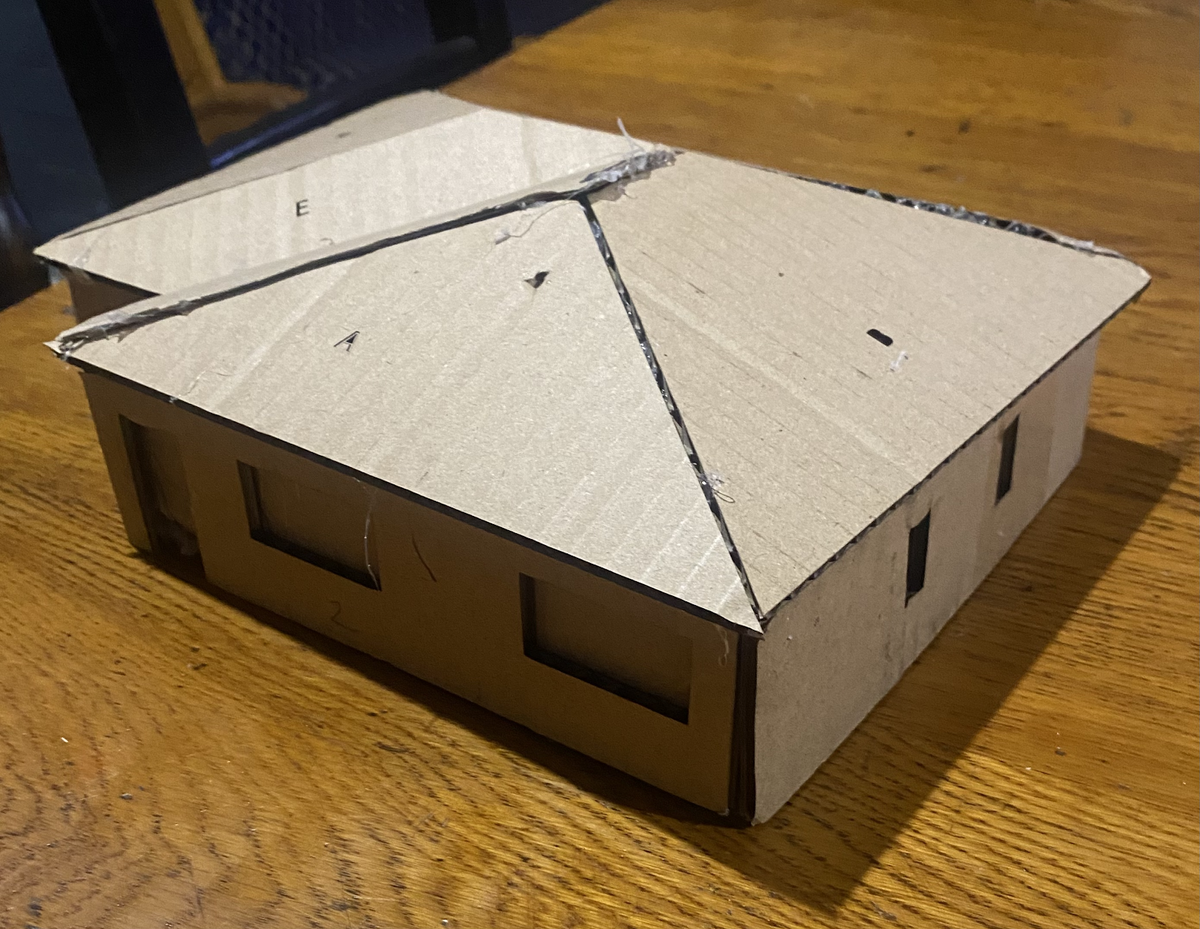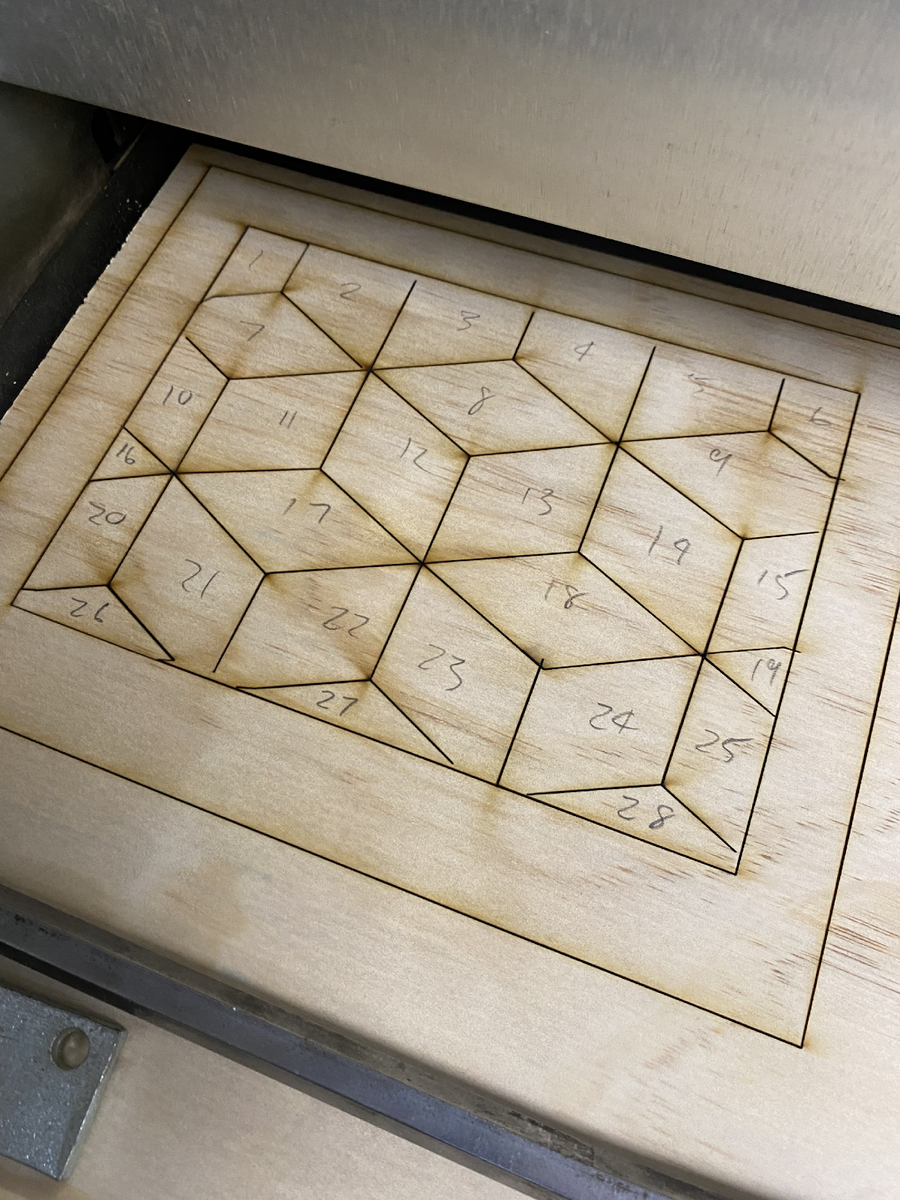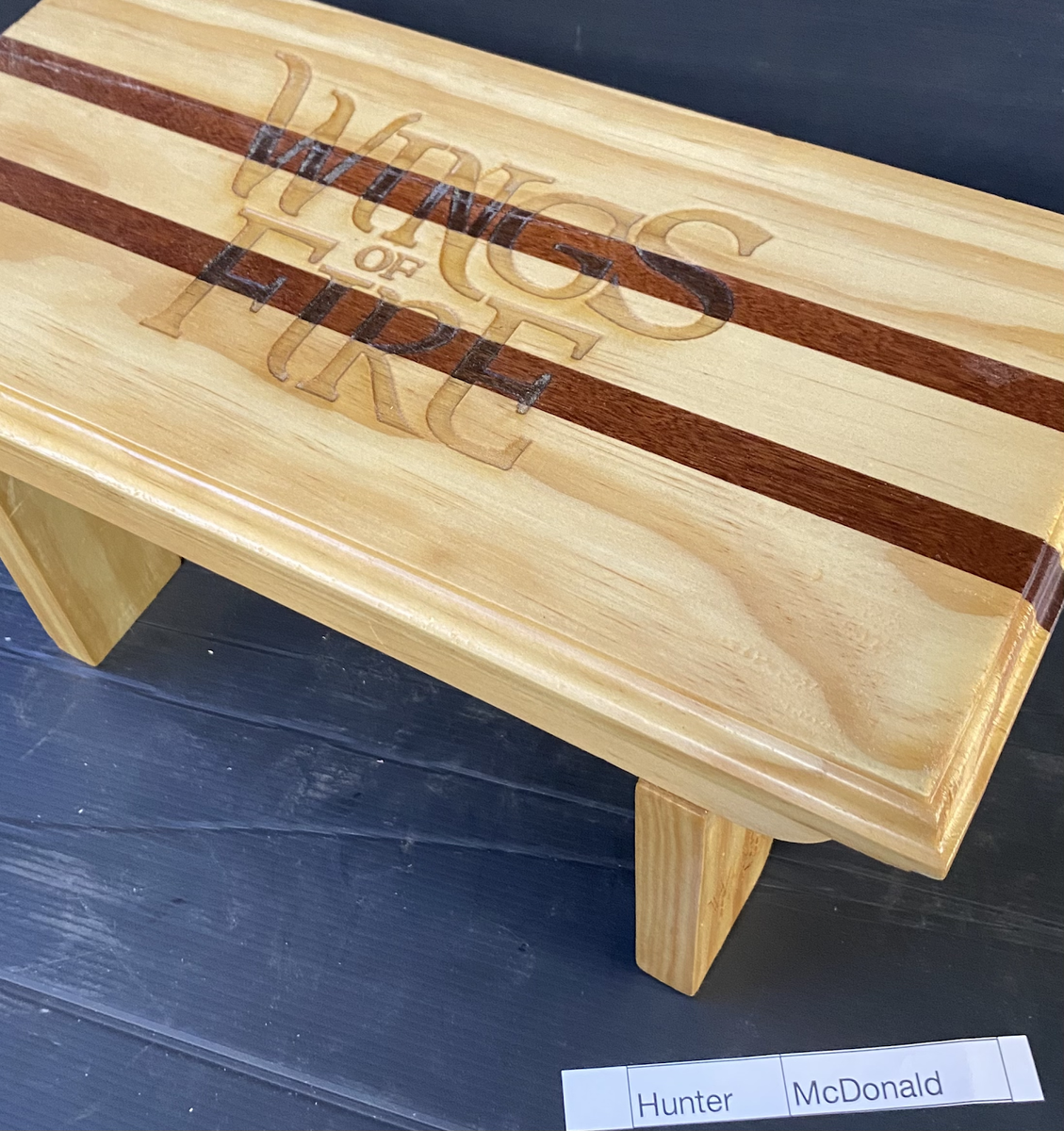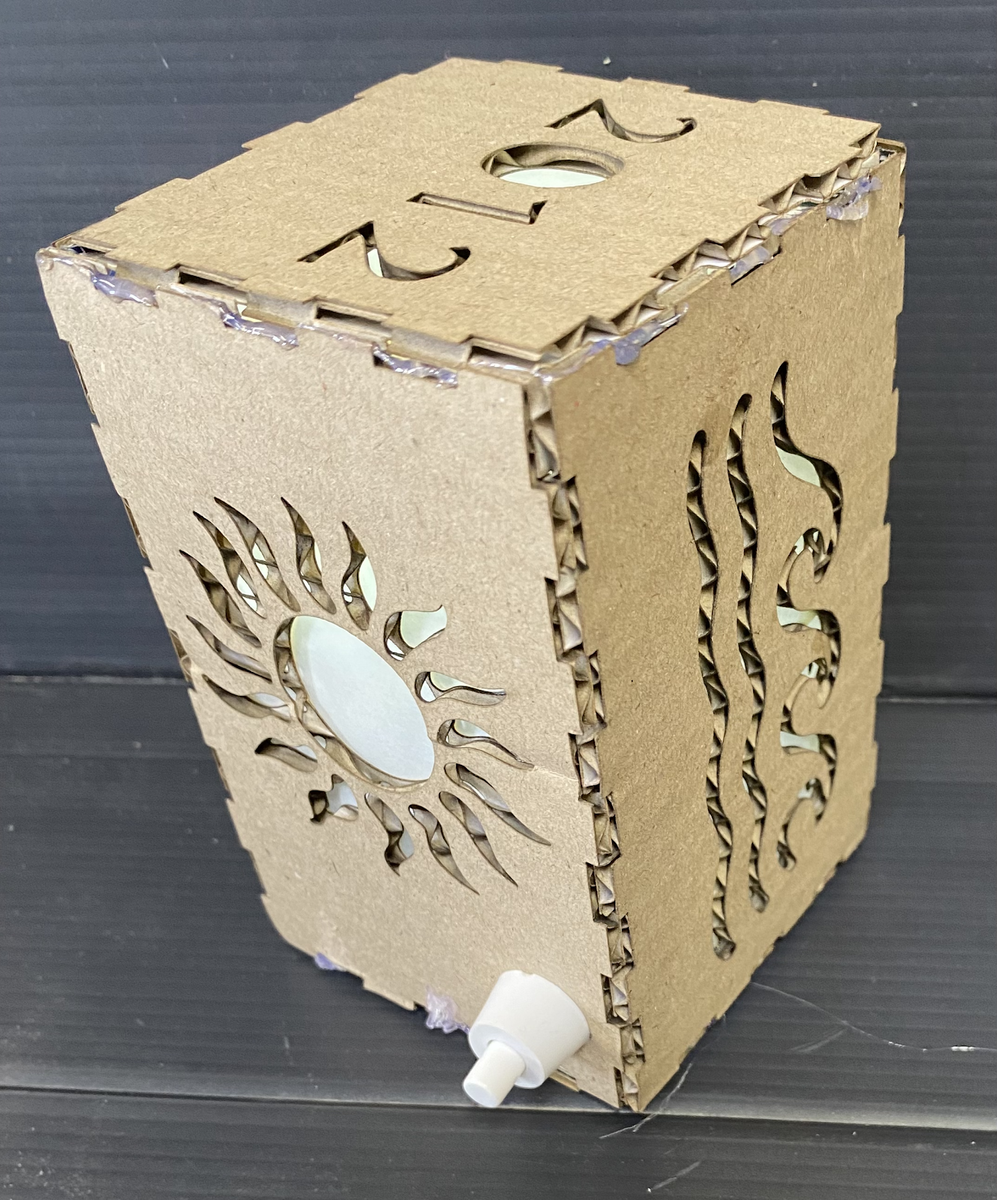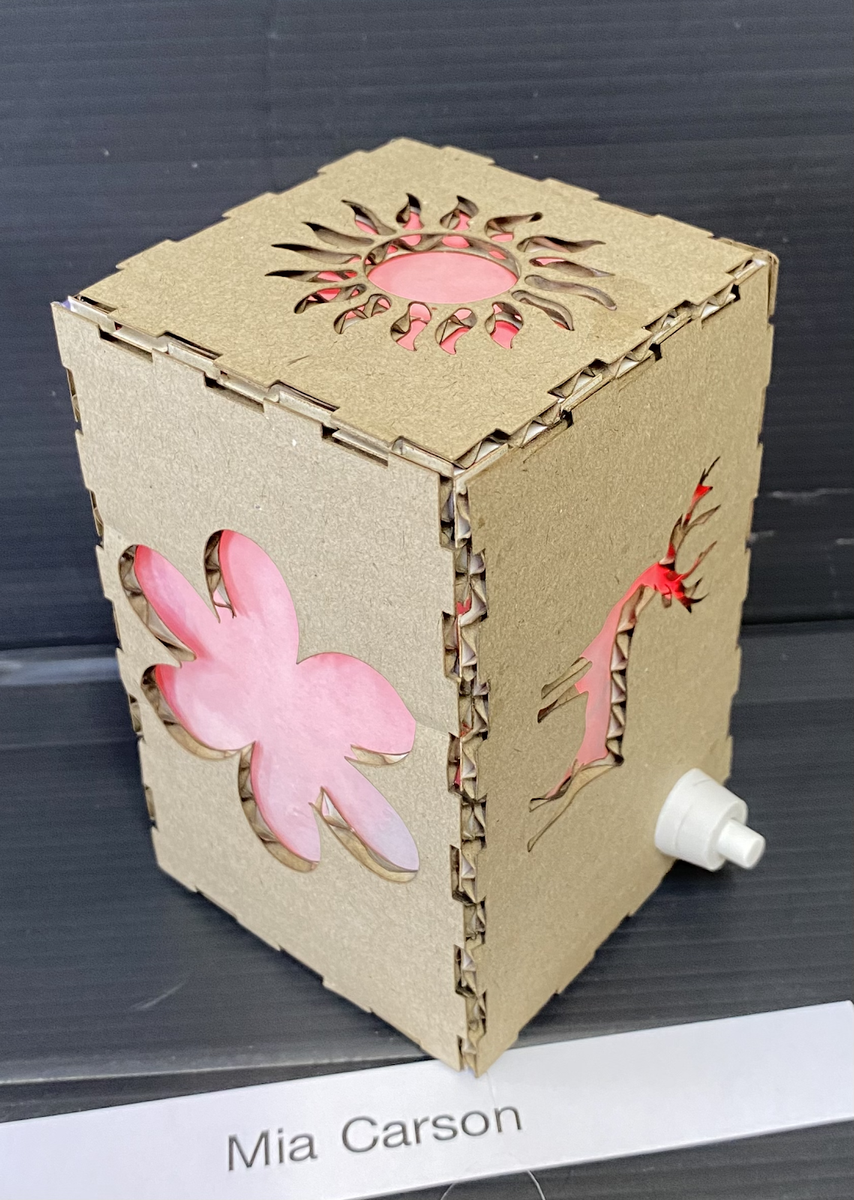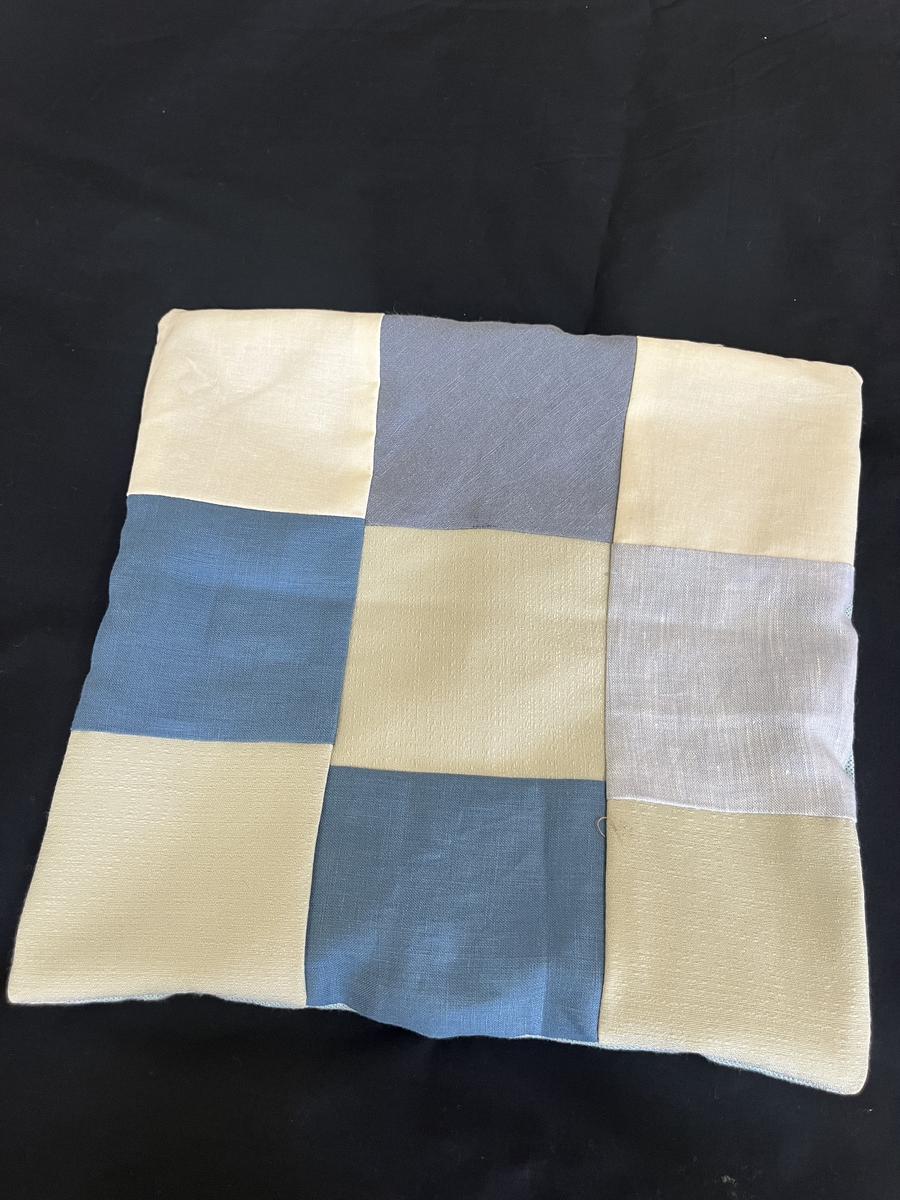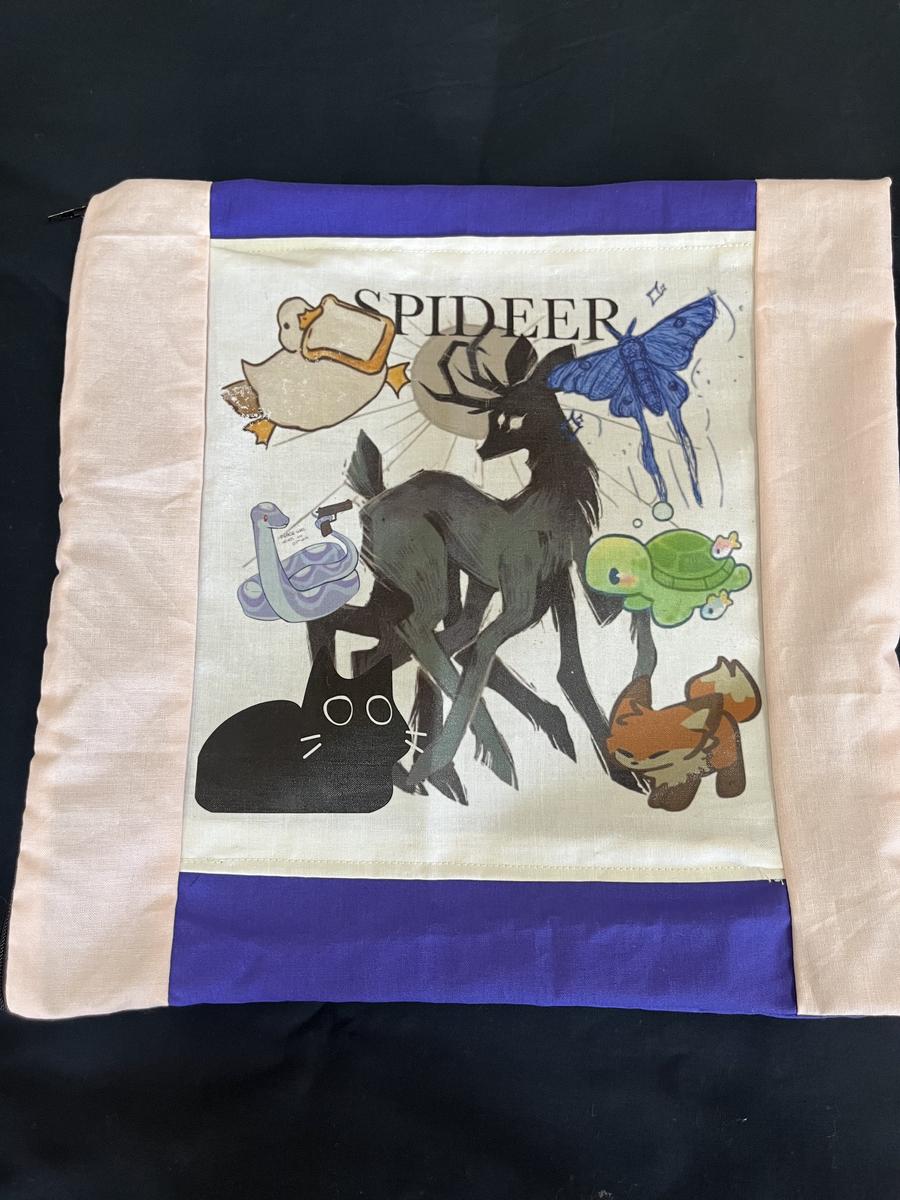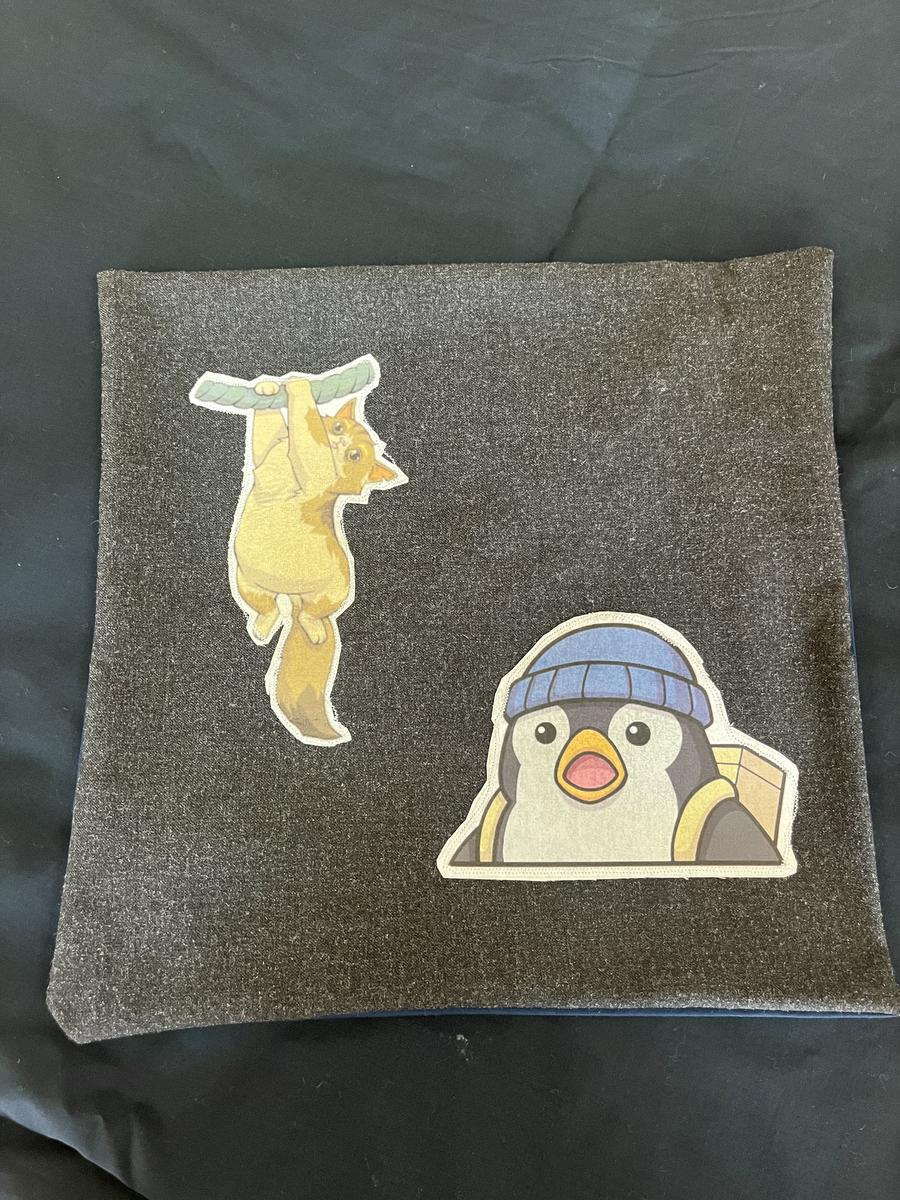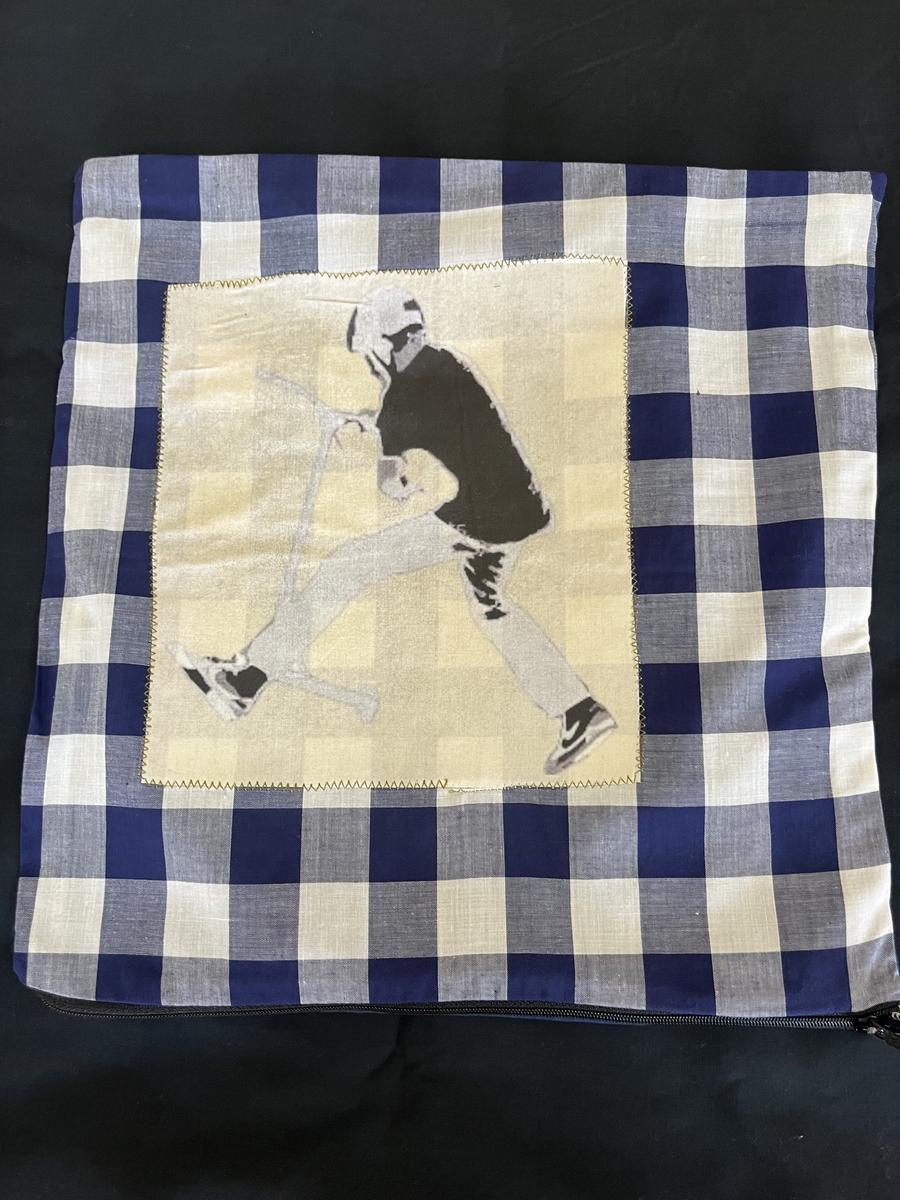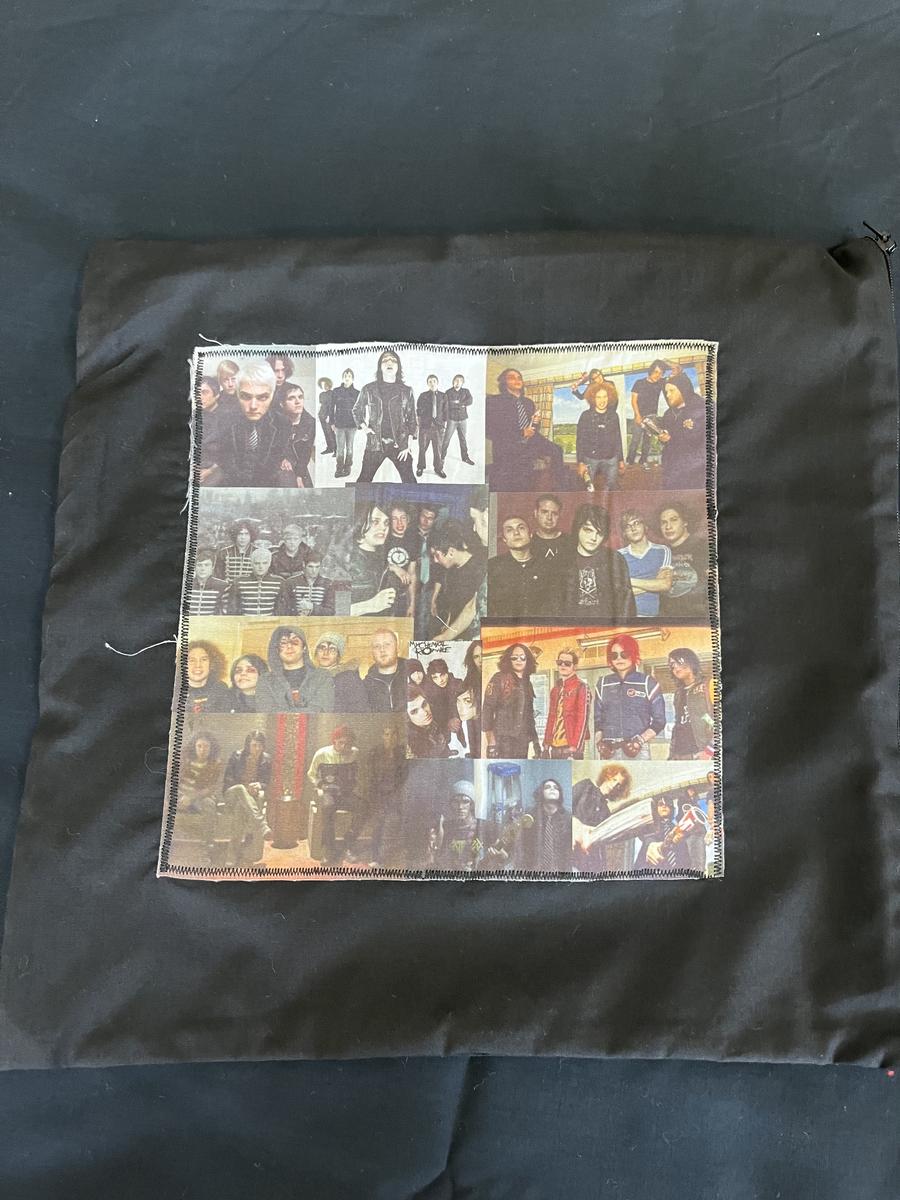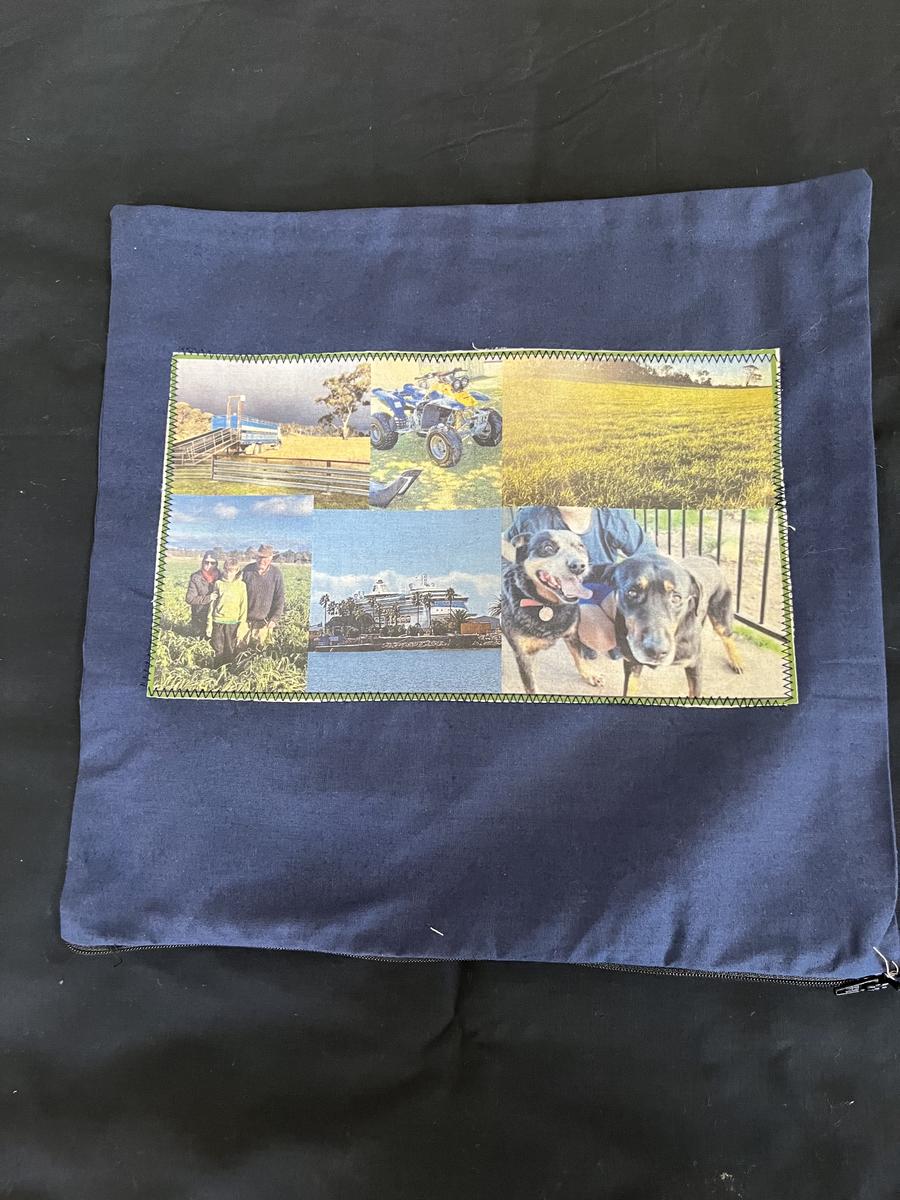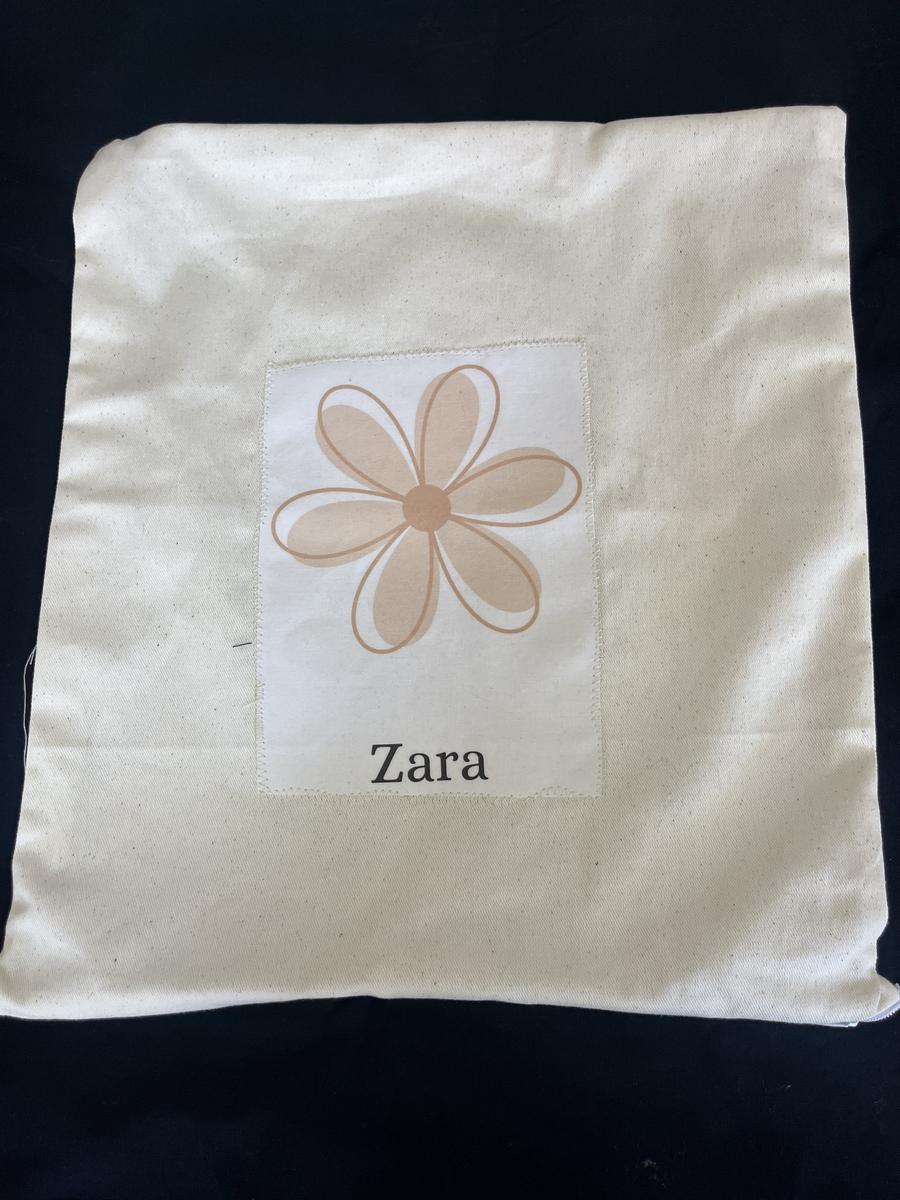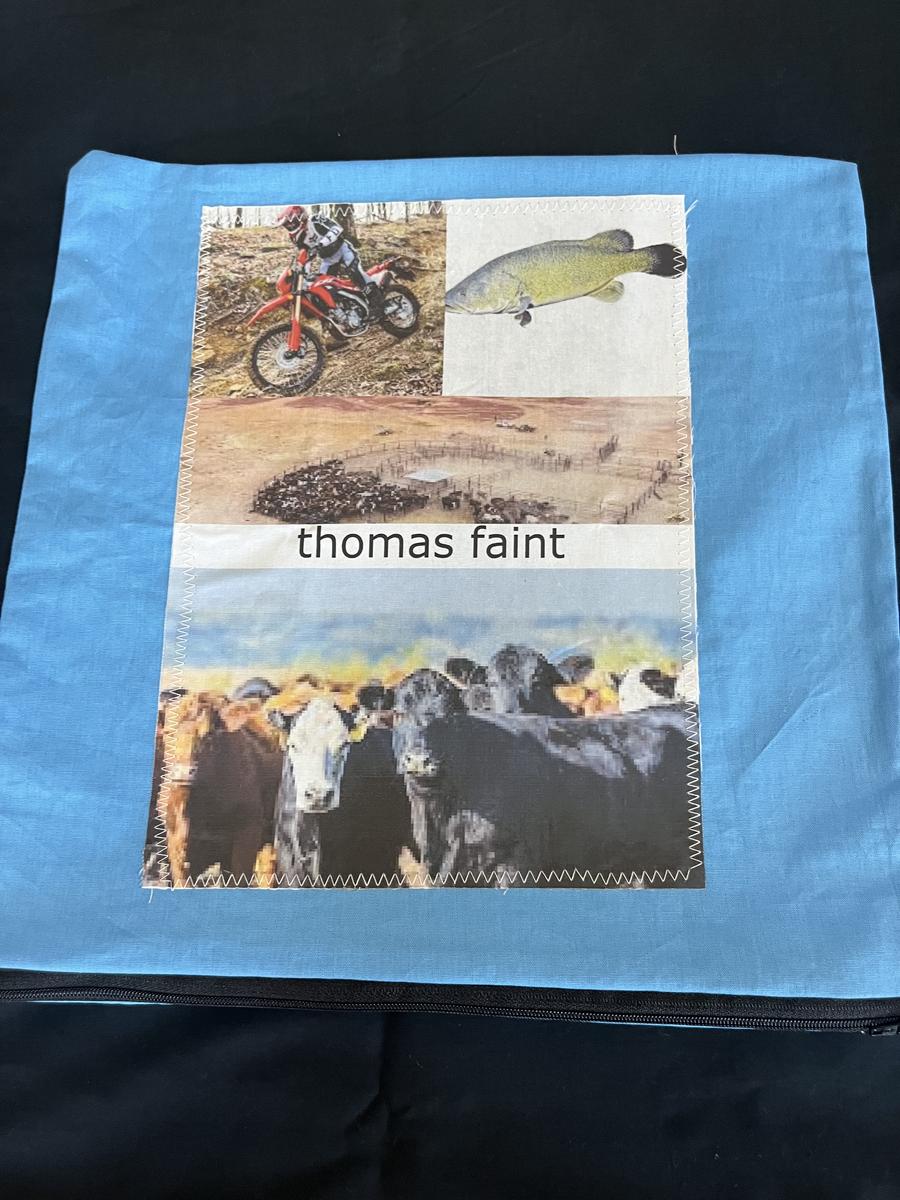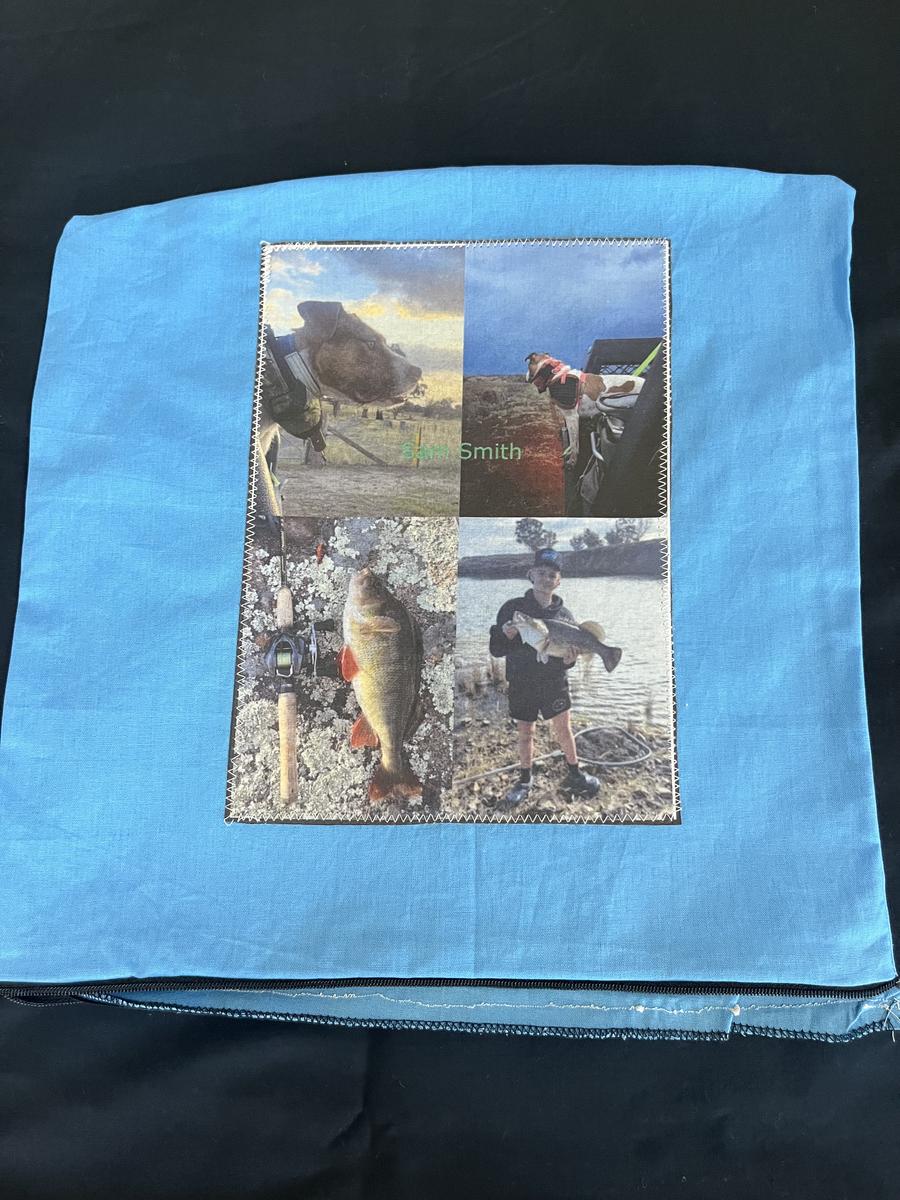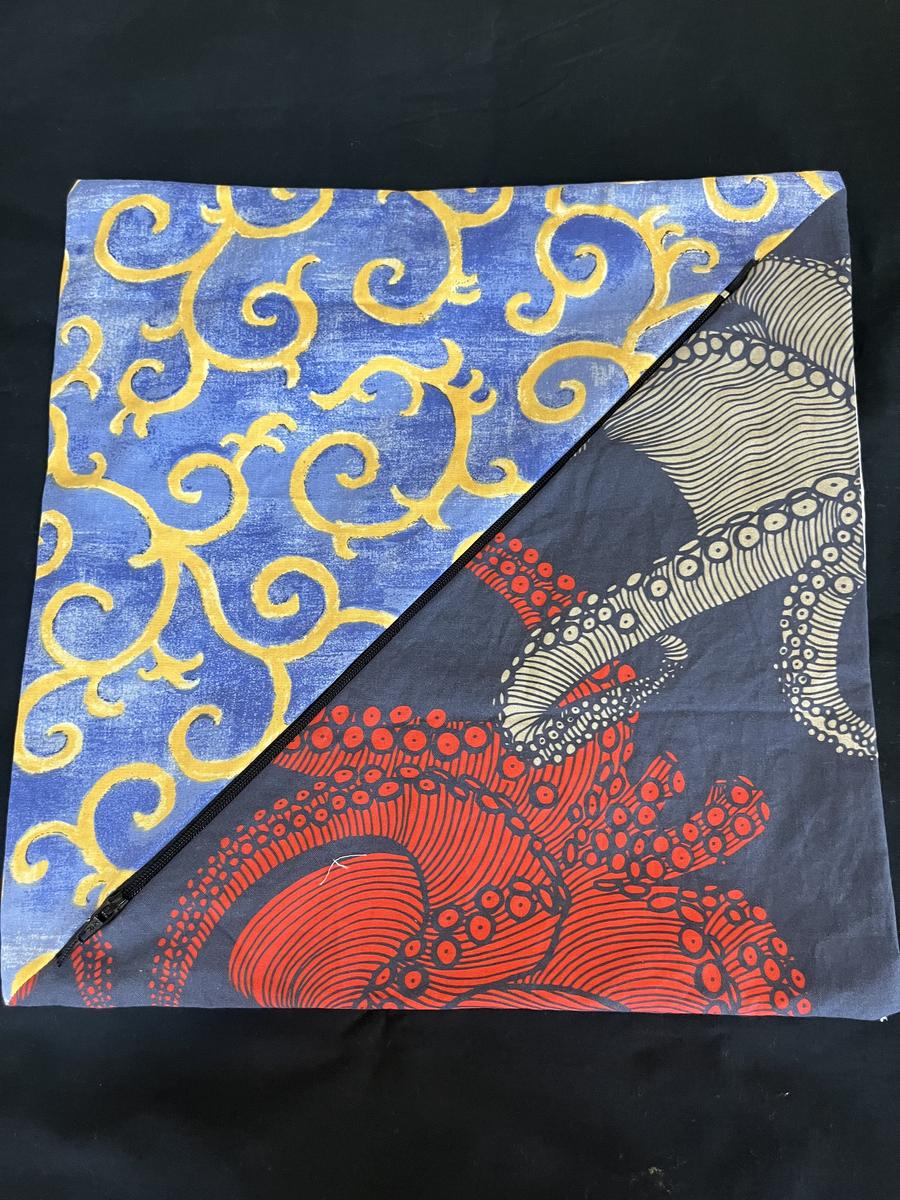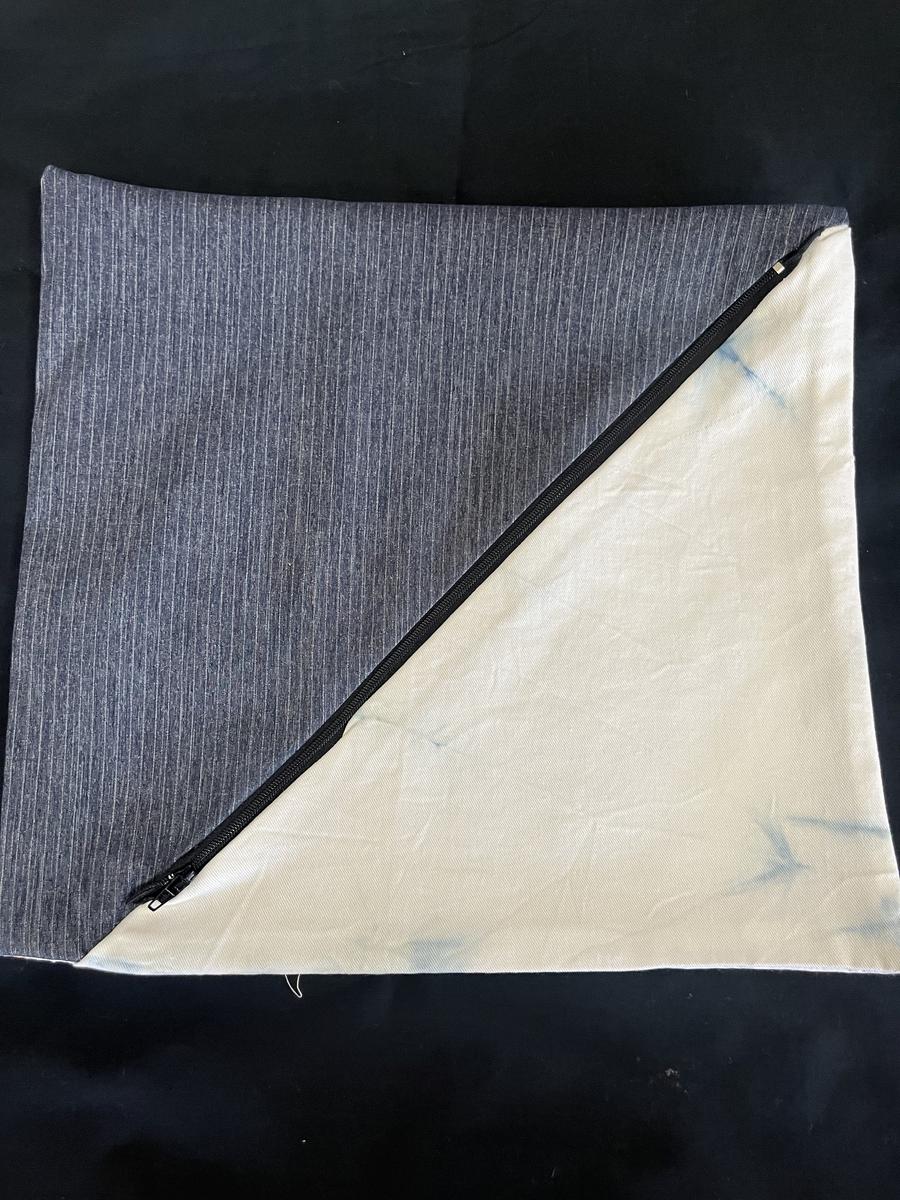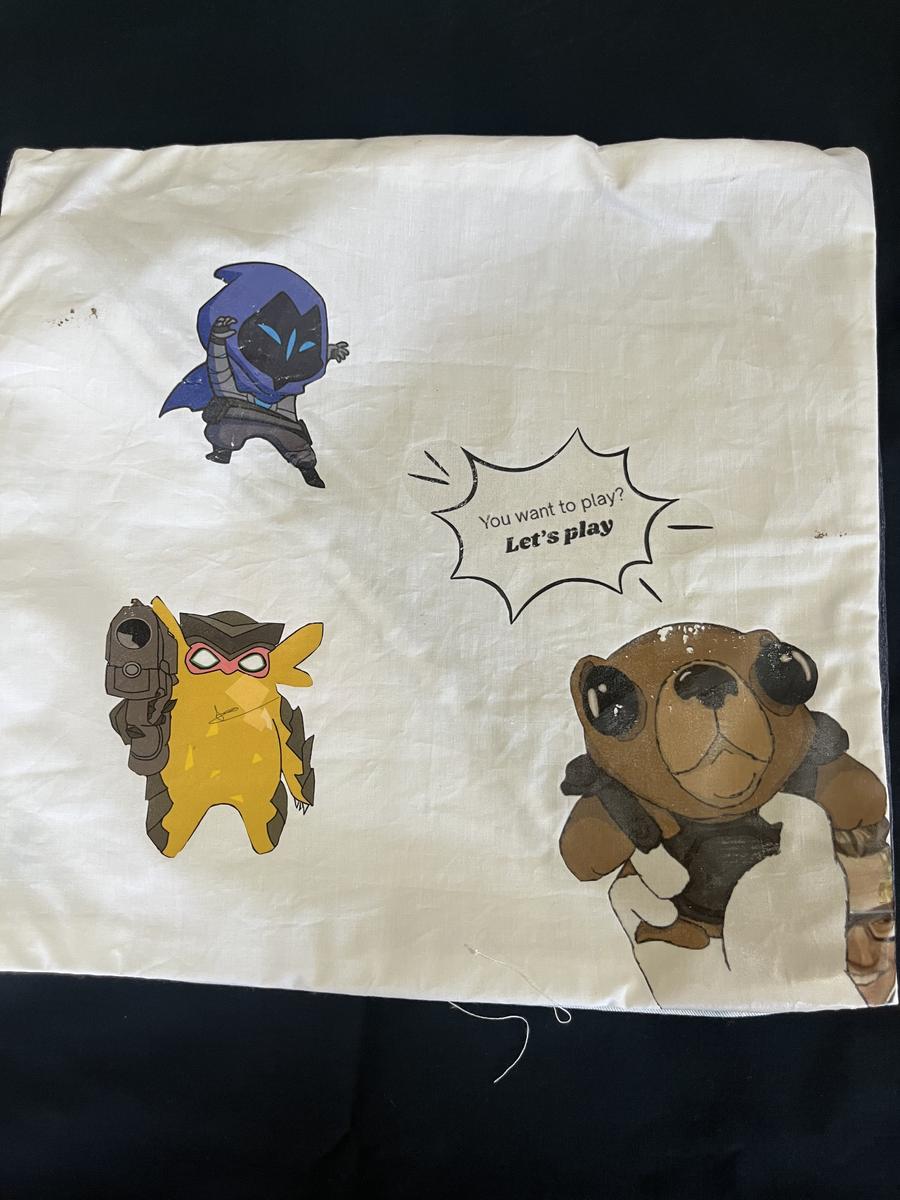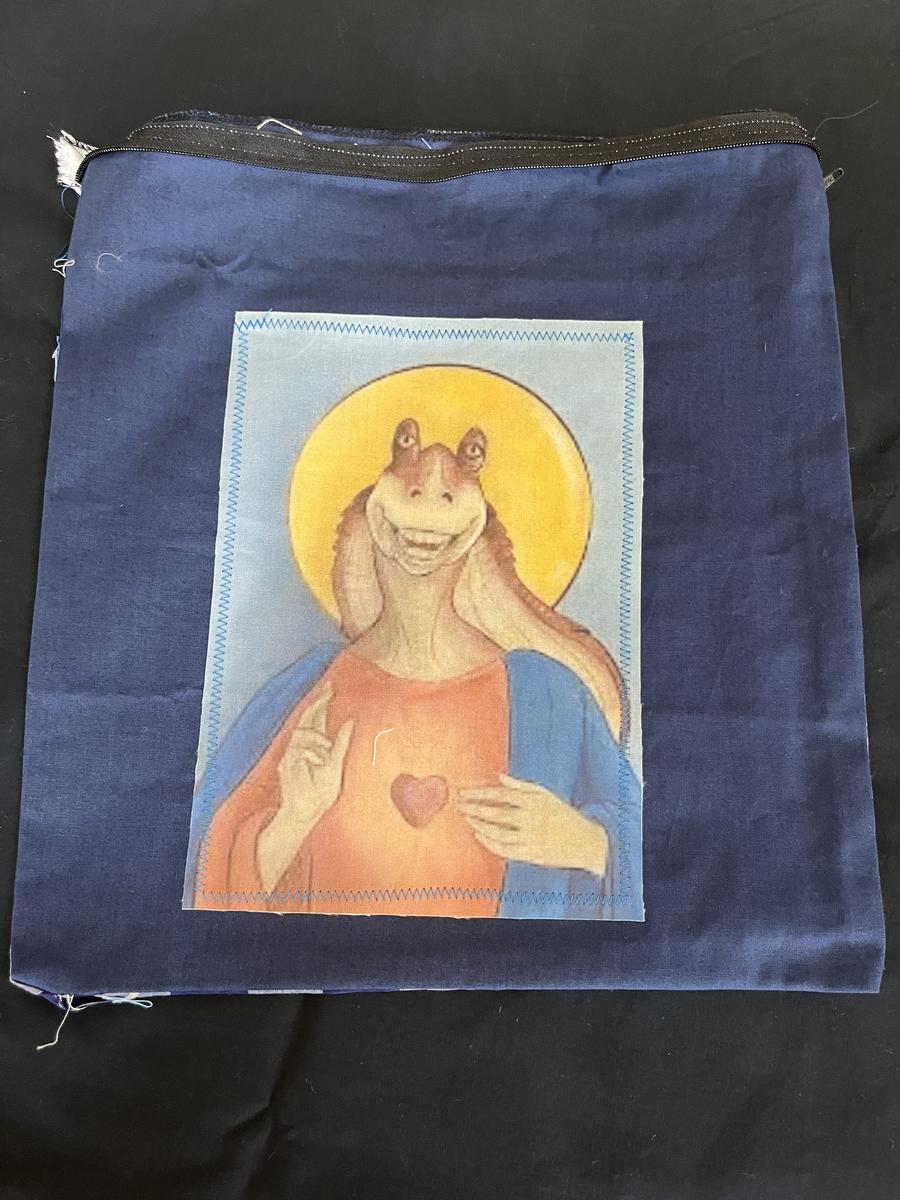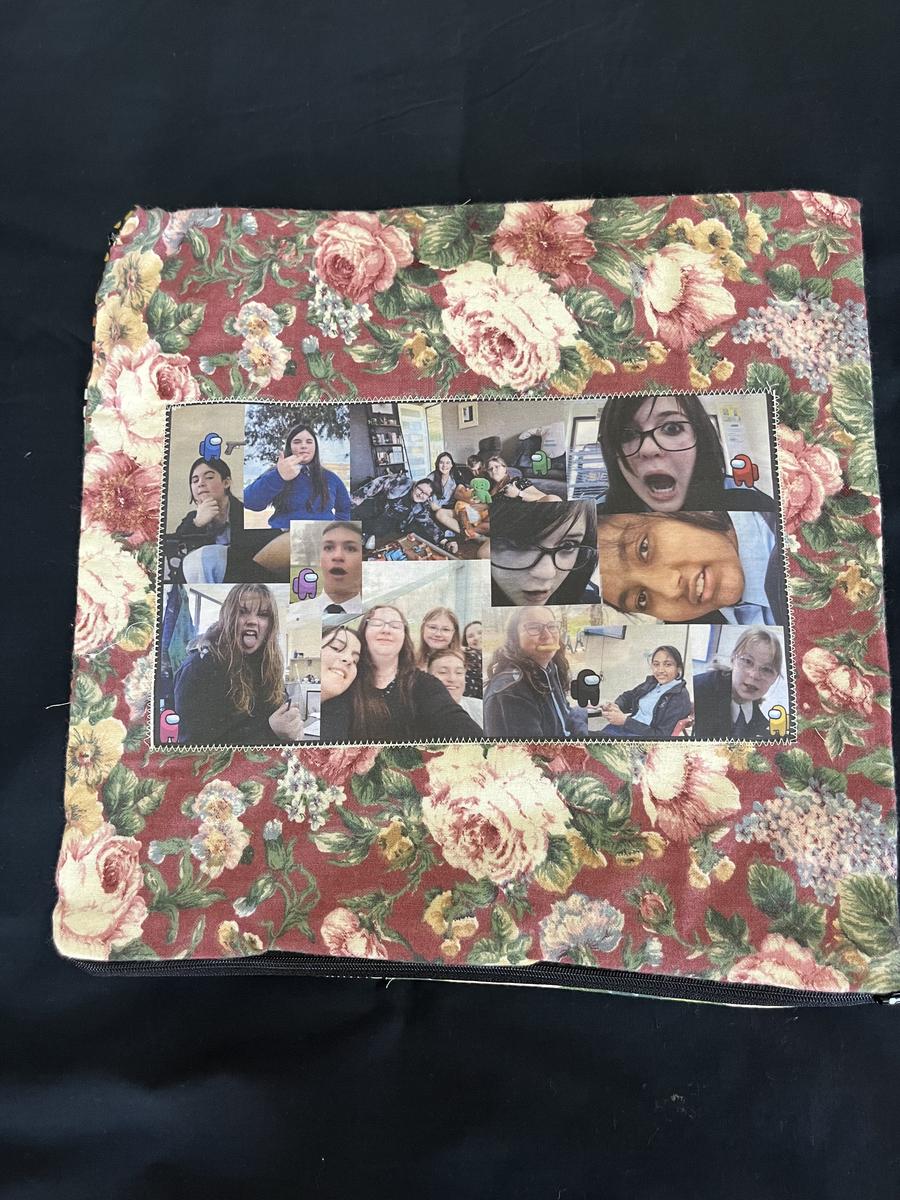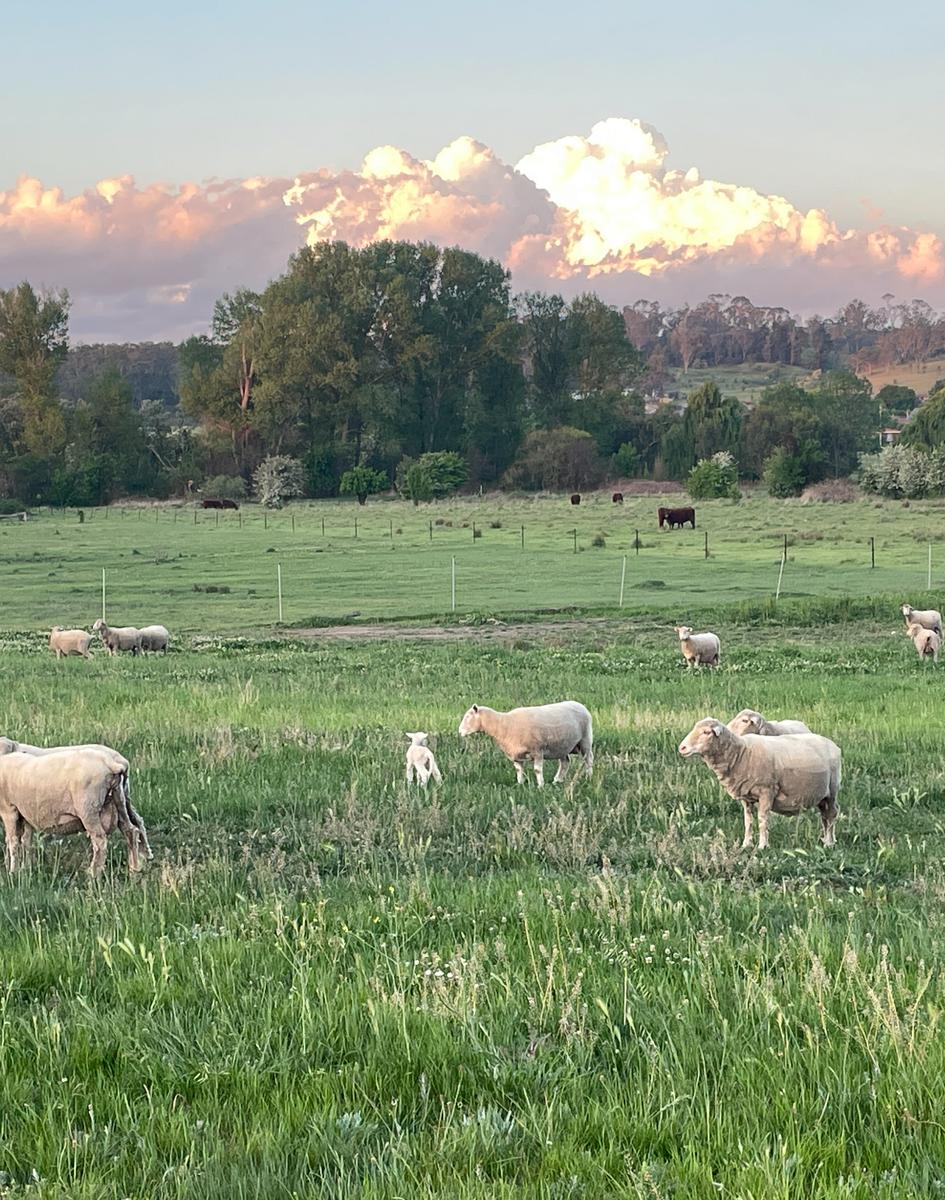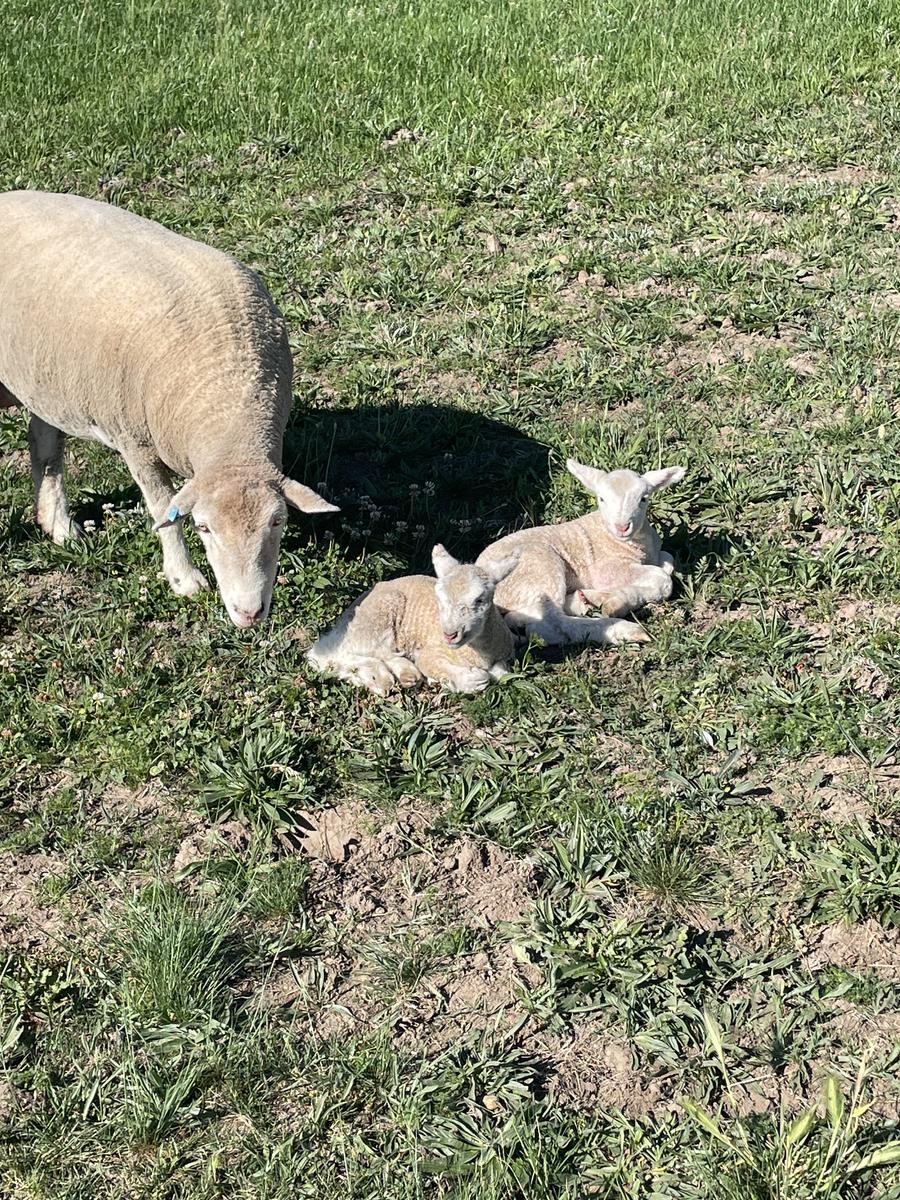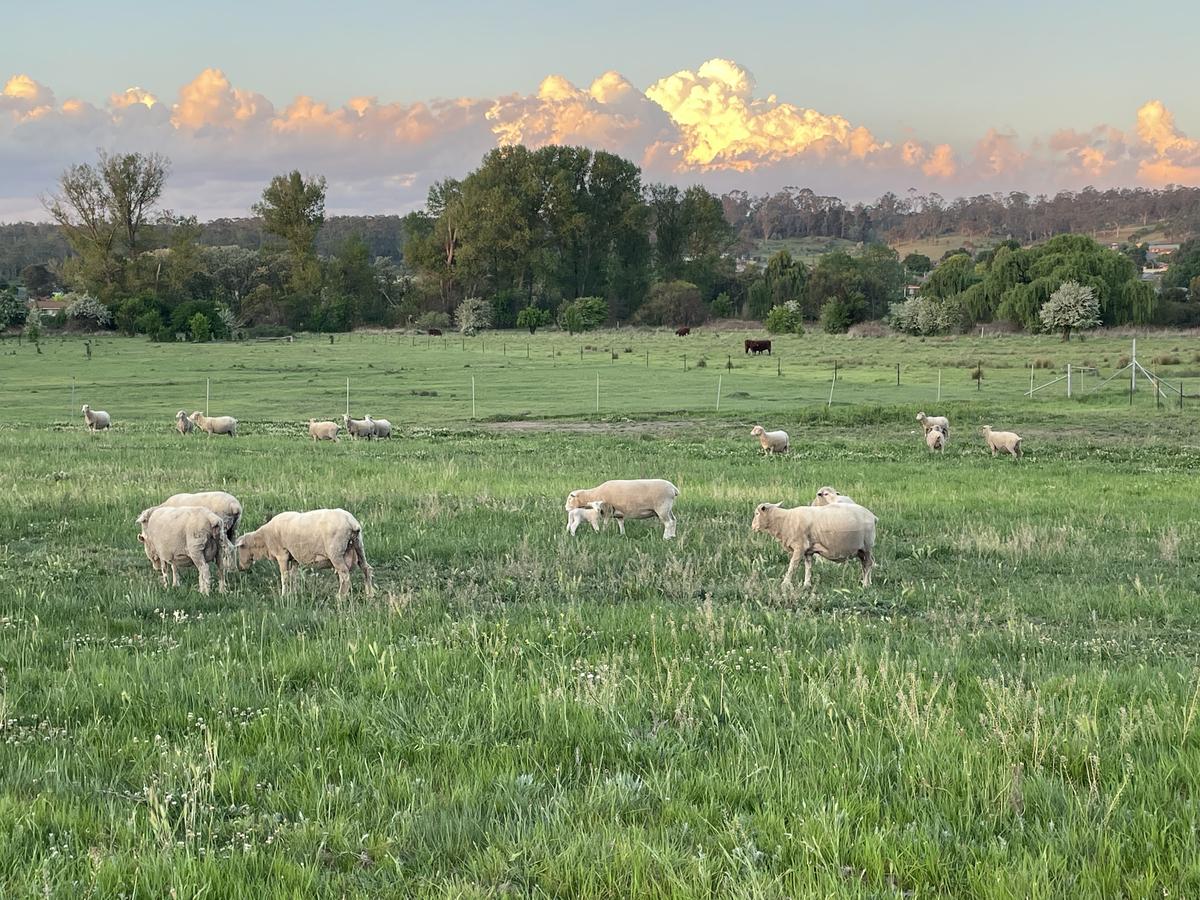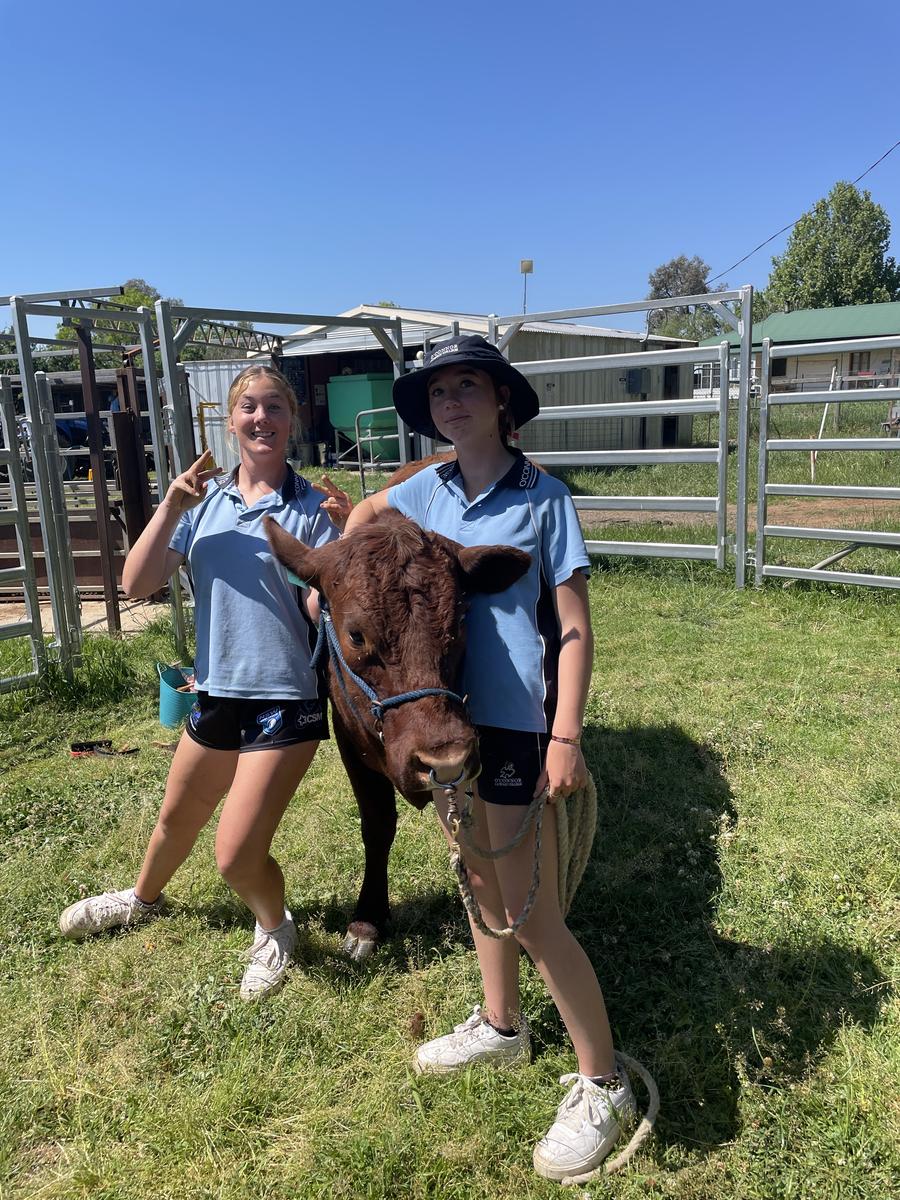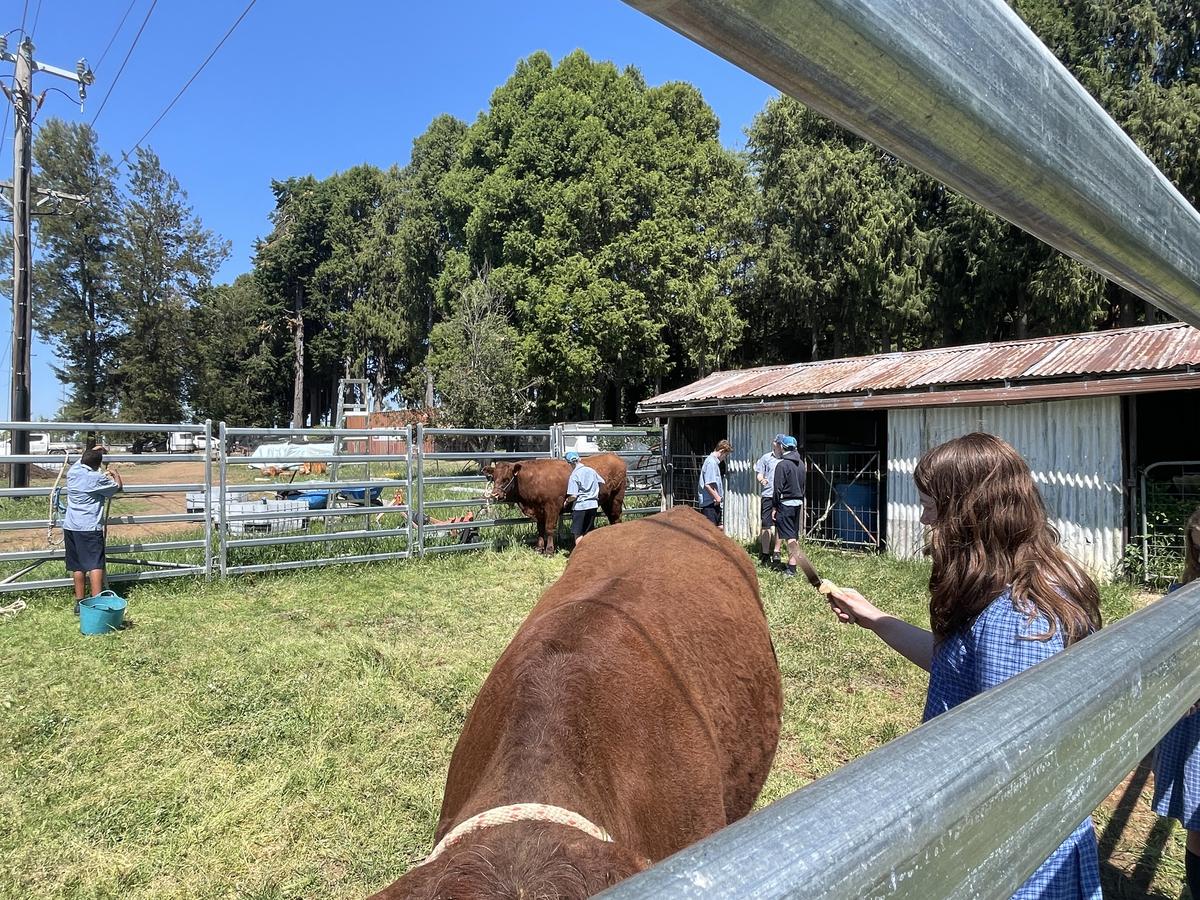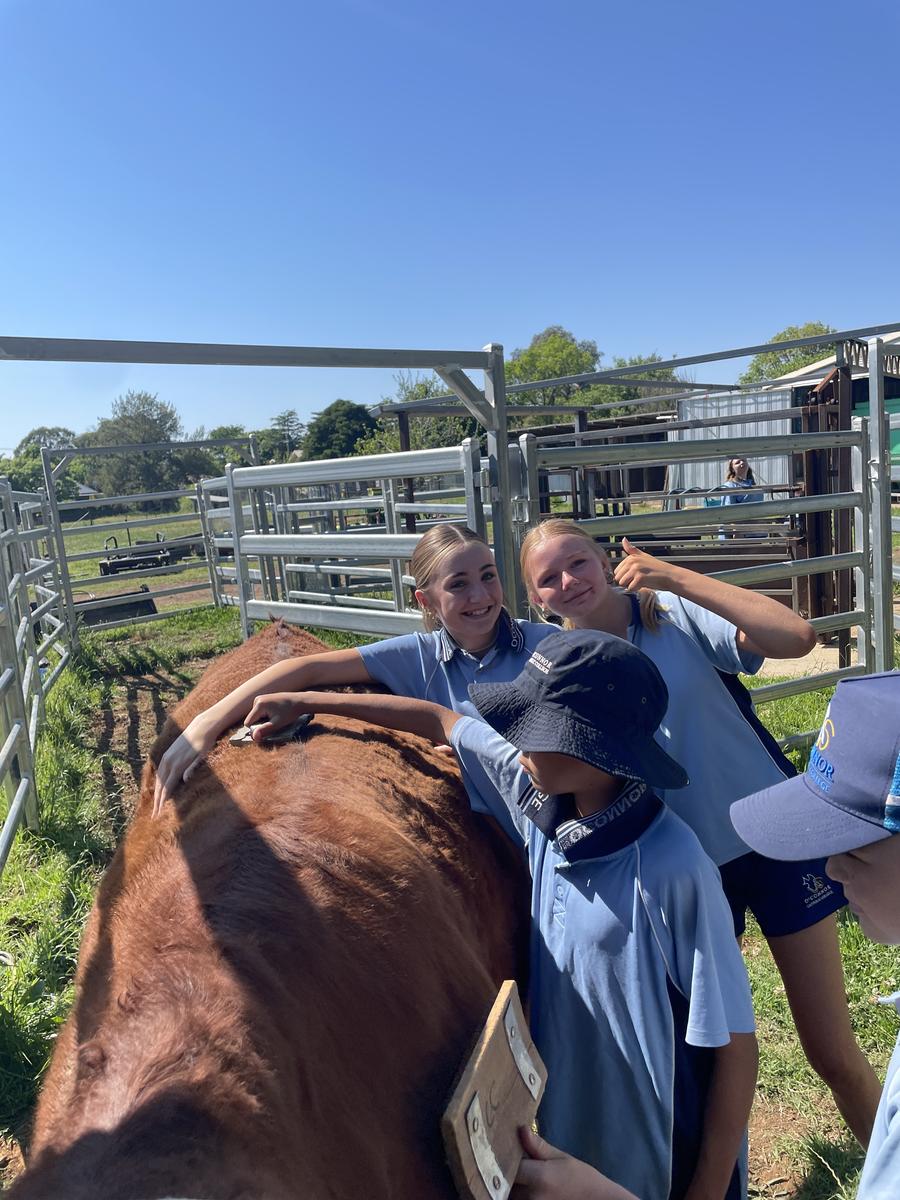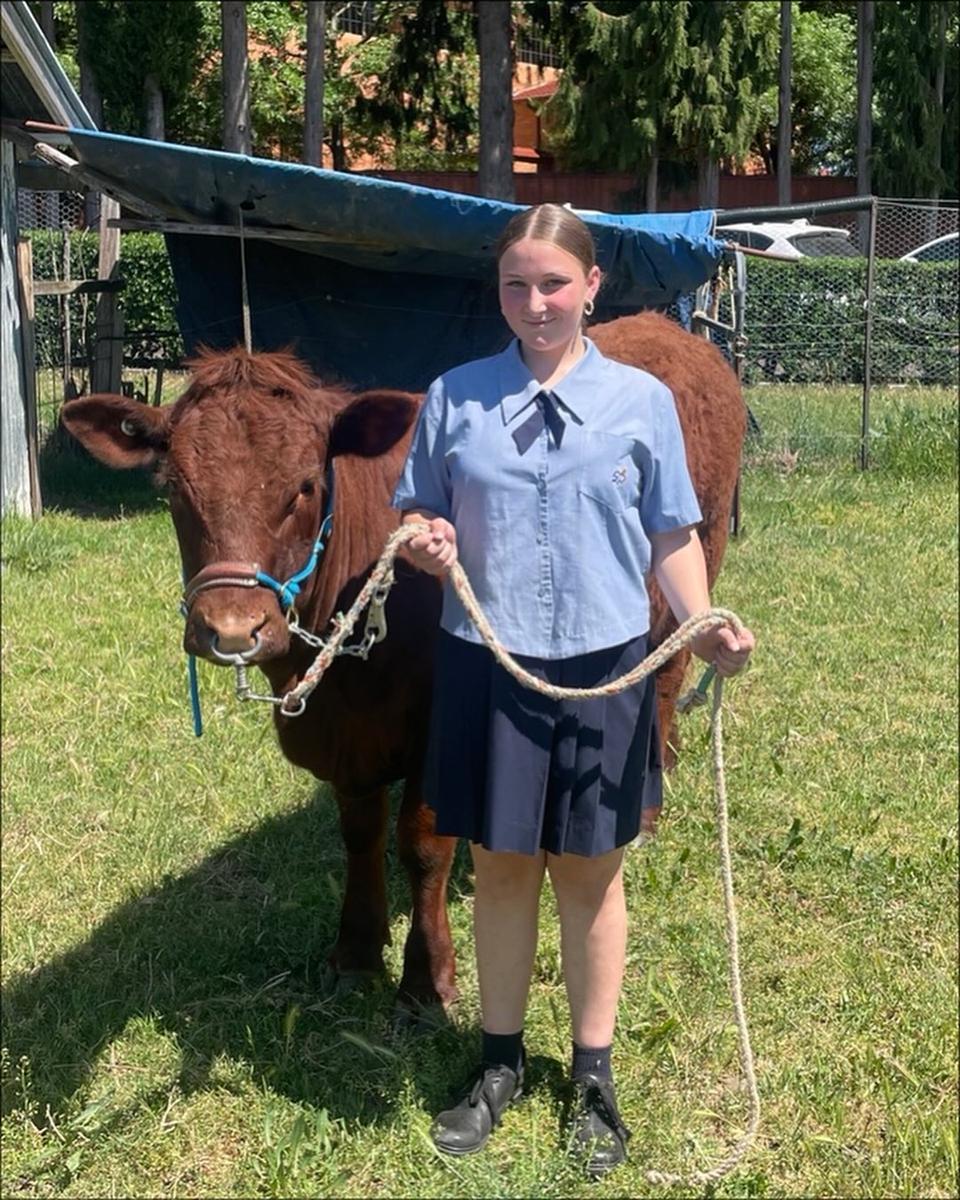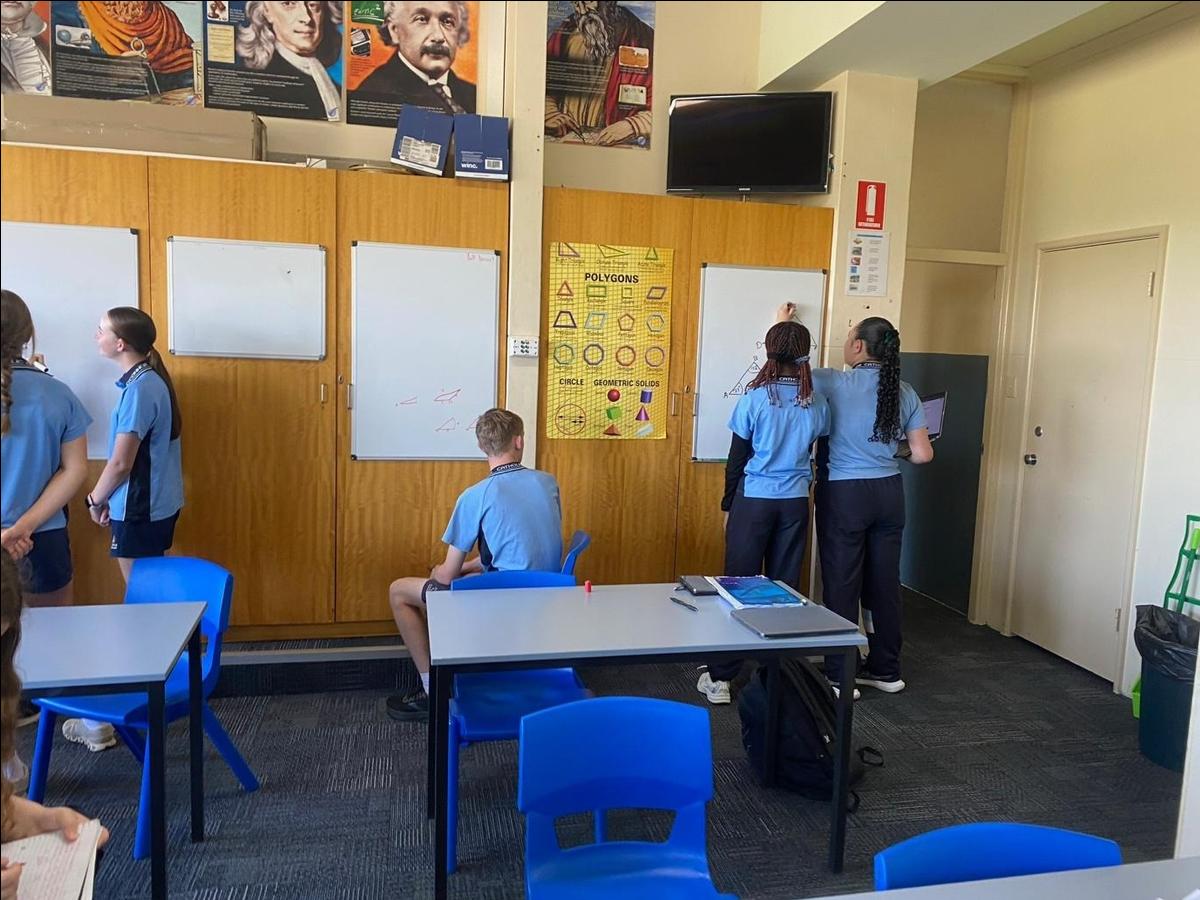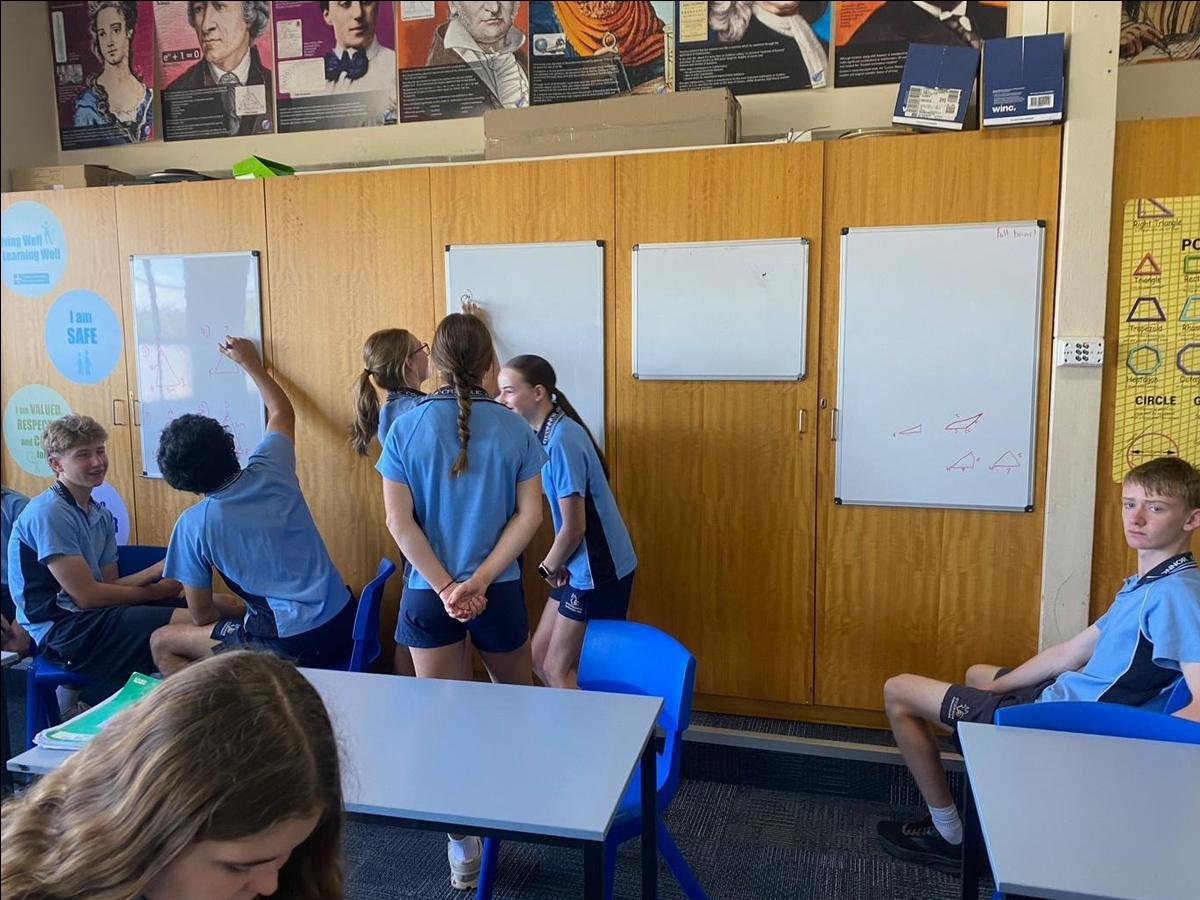KLA News
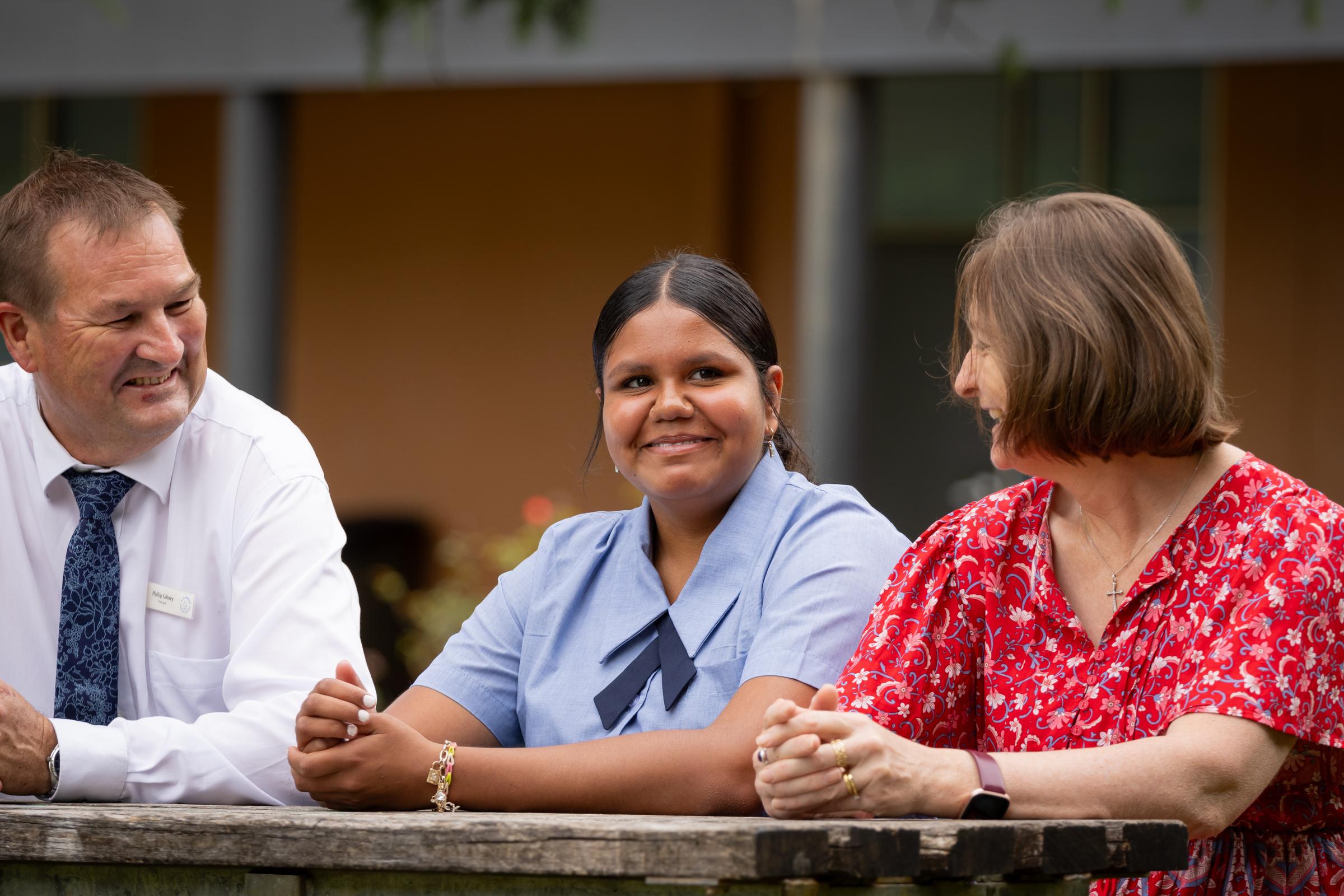
English
Year 7 English - Traditional Storytelling
This term, Year 7 English has started exploring traditional storytelling. Considering how stories are passed on from generation to generation and how they have made their way into modern narratives. Students have been exploring etiological narratives that answer questions about the world. In doing this, they are exploring the Native American, Maori and Indigenous Australian stories about how the world was made, why the sea is salty and how the stars came into existence.
Year 8 English - The Blind Side
This term, Year 8 English has started exploring the story of Michael Oher, a football player whose life has been recounted in both ‘The Blind Side’ by Michael Lewis and the film adaptation by John Lee Hancock. Students are exploring how ‘true’ stories are fictionalised and the impact that this has on the character. In particular they are going to explore aspects of prejudice and bias in the narrative.
Year 9 English - Edgar Allen Poe
This term, Year 9 are exploring the works of Edgar Allen Poe. Known as the father of the modern crime fiction genre, Poe has crafted many engaging works that explore the more sinister aspects of the world. Students are currently exploring the text ‘The Tell-Tale Heart’ and ‘Annabel Leigh’.
Year 10 English - Voices of Country
This term, Year 10 students have been moved into their course selection for Year 11 allowing for all of them to understand both the demands and expectations of the senior studies of English. All students are exploring a variety of composers, focusing on the voices of country such as Oodgeroo Noonuccal, Anita Heiss and Archie Roach. Students will also be learning to compose responses under timed conditions to provide support in these skills for entering senior school.
Year 12 Standard English
This term, Year 12 Standard English have begun their first unit for their HSC students, the Common Module: Texts and Human Experiences. Students are working through their prescribed text Past the Shallows by Favel Parrett which explores the story of Miles and Harry Curren as they navigate life after the loss of their mother. In particular students have examined the context of Parrett, and considered what impact this might have on her composition and their understanding of the text.
Miss Lauren Donnelly
Leader of Learning, English
CAPA
Music
Our ensembles have been structured to provide greater opportunities for our more advanced students. The current Concert Band will transition into a Woodwind Ensemble, designed to extend and challenge our advanced string and woodwind players, with a focus on playing Western Art Music. As part of these changes, some ensemble rehearsal times will also be adjusted:
- Tuesday Break A – Trumpets
- Tuesday Break B – Woodwind Ensemble (for intermediate and advanced woodwind players)
- Wednesday Break B – Open Room for any student wishing to practise
- Thursday Break A – Saxophones
Thursday Break B – Holy Horns (jazz band)
Playing in an ensemble is a vital part of musical development. It provides not only the opportunity to learn ensemble skills, but also the chance to perform in a variety of settings. This term, our ensembles will prepare for the Term 4 Showcase night, Christmas Liturgy, Presentation Day, and possibly some community events. We strongly encourage all students learning an instrument to get involved and share in these exciting experiences.
“Holy Horns” (above) will be playing at the Black Gully Festival on November 8.
Below action shots of what has been happening in the classroom with in Year 7 & Year 8.
Visual Arts
Artists of the Month
Congratulations to our amazing year 7 students
Kimi Jordan for her outstanding
self-portrait drawing
Angus Dalgleish for his ceramic
self-portrait
Years 9 and 10
Visual arts students were extremely privileged to attend Art Express at NERAM at the end of last term. Where they had the opportunities to see first hand the quality and caliber of HSC students' major works from 2024.
Year 10 this term have been experimenting with photographic techniques and portraits
Miss Melanie Sampson (Leader of Learning CAPA) & Mr Bruce Myers
On behalf of the CAPA team.
PDHPE
PDHPE Newsletter
Welcome back to Term 4 in PDHPE, which is set to be a busy and rewarding term and end to the year. In the PDHPE Department we have a number of key events this Term:
Term 4 - Key Dates
Week 4: Yr 12 HSC PDHPE & CAFS Examinations
Week 5: Yr 10 Skate, Bowl, Play Visits Commence
Week 6: Yr 9 Lifesaving Instructor Training Begins
Week 9: Yr 7 & 8 Lifesaving and Water Safety Week
Week 10: Yr 7-9 Term 5
Please keep an eye on your emails and Compass for further information regarding these upcoming events.
Year 7 & 8 Lifesaving Program
As part of the Physical Education / Health / Personal Development program, students from Year 7 and 8 will be involved in the Annual O’Connor Lifesaving Program in Week 9 of Term 4. It is important that all students attend (non-swimmers included) as the college will be able to record students’ ability for future excursions that involve water activities and swimming.
The program will run on the following days at the Monckton Aquatic Centre from;
9am to 3:20pm Monday 10th, 11th & 12th of December.
All standards of swimming are catered for, ranging from learn to swim to the Bronze Star Award. All staff members accompanying the students are trained RLSSA instructors and have CPR qualifications.
Students will go to school each morning at 8:50am and walk to the pool at 9am to complete their lifesaving skills sessions until 3:20 pm. Students will be dismissed from the pool at 3:20 pm each day, students can be picked up, catch buses or walk home. More information about this program will follow via Compass.
Sun Safety
A reminder to all students that they need to wear an O’Connor cap or hat and sunscreen for all practical lessons!
Mrs Camilla Clydsdale
Leader of learning PDHPE
TAS
Precision Meets Creativity at O’Connor
Laser Cutting in Student Projects
Laser cutting has revolutionised how our students approach projects in technology, moving ideas from simple sketches to precision-engineered realities. This cutting-edge technology is quickly becoming a staple in our workshops, allowing students to bring complex ideas to life with speed and accuracy previously unattainable.
What is Laser Cutting?
Laser cutting is a Computer-Aided Manufacturing (CAM) technique where a powerful, focused laser beam precisely cuts or engraves materials like wood, acrylic, card, and fabric, based on a design created on a computer.
- Accuracy: Designs are executed with pinpoint precision, ensuring perfect fit and finish for complex parts.
- Speed: Prototypes and final products can be created much faster than traditional hand-crafting methods.
- Versatility: Students can work with a wide variety of materials, expanding their design possibilities.
🎨 Examples from the Classroom
Our students are using laser cutting across various subjects:
- Design and Technology: Prototyping dofferent design solutions
- STEM Creating intricate models of buildings, custom electronic projecs, and innovative product prototypes. For example, Year 10 students used the laser cutter to fabricate their sustainable houses
- Industrial Technology Wood: Producing complex parquetry designs for jewellery boxes.
- Personalised lasercut designs on stools
- Stage 4 Mandatory Technology:
Lasercut lamps in Yr 7
Lasercutting: The Importance of Computer-Aided Manufacturing (CAM)
The techniques our students are learning, like laser cutting, are a gateway to understanding the broader world of Computer-Aided Manufacturing (CAM). CAM is essential to almost every industry in modern society, from tiny medical devices to massive aerospace components.
Why is CAM so Important?
- Increased Productivity & Efficiency: Automated manufacturing processes can produce goods quicker and at a larger scale, which lowers costs and makes products more accessible.
- Enhanced Precision and Quality: CAM machines consistently produce parts with extremely tight tolerances, leading to safer, more reliable products (think car parts, aircraft components, or surgical tools).
- Rapid Innovation: The ability to quickly prototype and test designs (known as rapid prototyping) speeds up the innovation cycle, bringing new technologies and solutions to market faster. This is crucial for sectors tackling global challenges, such as renewable energy and medical technology.
By engaging with laser cutting, our students aren't just making models; they are developing crucial 21st-century skills in digital design, precision engineering, and problem-solving, preparing them to be the innovators, engineers, and designers of tomorrow who will shape society through advanced manufacturing.
8 Technology : Materials Unit
Another successful 8 weeks of learning in the TAS area has just been completed by 8TC1. The students learned about the sewing machine and then moved onto designing and constructing a cushion cover of their choice. They used CANVA to design an image of photos or images which were then transferred to a digital print. These were then ironed onto the fabric and stitched in place. The students used a zipper for the closure, which was another skill development. Here are some photos of their completed projects.
Agriculture
It's been a busy first 2 weeks of term 4 at the Ag farm.
The lambs have been coming thick and fast, with a last count of 21 (and we are only halfway through!)
Poor Lambatin (a poddy from the 2023 drop) need some help birthing this huge boy on Monday, but we were on hand to assist! Both mum and bub are doing well.
Our cows are due to calve next month, so there will be more cute babies to look at soon.
We have also started preparing for the 2026 shows with students from 7-10 helping with cattle leading and equipment maintenance.
Mr Jon Hawthorne
Leader of Learning, TAS
HSIE
History and Geography: Learning Through Inquiry
Our History and Geography students have been deeply engaged in diverse and challenging units of study this term, moving from hands-on cultural projects to independent historical research and global analysis. Here is a snapshot of what each year level has been exploring.
Year 7 Geography: What Makes a Place Liveable?
Year 7 students are tackling the essential geographical question: What makes a place liveable? This unit requires them to move beyond surface-level observations to analyze complex societal factors, including stability, healthcare, culture, education, and infrastructure.
Using real-world data from the Economist Intelligence Unit (EIU) Liveability Index, students have developed practical skills by creating and annotating interactive maps. They are using Google My Maps to spatially locate and compare the most and least liveable cities in the world. This hands-on mapping project allows them to visually identify global patterns and critically assess the criteria used to judge quality of life in different nations.
Year 8 History: Life in Shogunate Japan
Year 8 is immersed in the rich history of Japan in the time of the shoguns, specifically focusing on the powerful military governments that ruled the country for centuries. Students are learning about the rigid social structures, the code of the samurai, and the profound cultural developments of the Tokugawa period.
To connect with the historical aesthetics of the era, students recently completed a wonderful activity where they designed and created Japanese Willow-design plates. This artistic task helped them appreciate the detail, symbolism, and craftsmanship that were integral to Japanese culture, bridging the gap between historical fact and tangible cultural expression.
Year 9 Geography: Understanding Global Mobility ('Moving Places')
The Year 9 Geography unit, 'Moving Places,' delves into the intricate patterns of human movement that shape our world. Students are developing a sophisticated understanding of internal migration (movement within a country) and external migration (movement across borders).
A core focus of this unit is analyzing the push and pull factors—the complex social, economic, political, and environmental reasons—that compel people to leave one location and settle in another. By investigating global and local case studies, students are learning about the drivers of population change, refugee crises, and the impacts of migration on both receiving and originating countries.
Year 10 History: Independent Research on the Vietnam War
Year 10 is engaged in a pivotal study of the Vietnam War, examining its global context, key battles, and long-lasting social and political consequences. The capstone of this unit is a rigorous independent historical investigation.
Students have been given the freedom to choose an area of personal interest related to the conflict—such as the role of the media, the experiences of conscientious objectors, the impact of Agent Orange, or Australia's involvement. This task requires them to operate as genuine historians: formulating a clear historical question, evaluating a wide range of primary and secondary sources, and constructing a well-supported, evidence-based thesis.
Mrs Cherie Stoessel
Leader of Learning, HSIE
Mathematics
As we move into the final part of Term 4, learning in Mathematics continues at full pace across all year levels. There are still six weeks of valuable learning ahead, and it’s important that students maintain their focus and effort right through to the end of the term. Assessment tasks for Years 7–10 will take place in Weeks 6 and 7, providing an opportunity for students to demonstrate the growth they’ve made this year.
Year 7 have been exploring Area and Perimeter, learning how to calculate, compare, and apply these concepts in practical situations. Their growing understanding of measurement is helping them connect geometry to the world around them.
Year 8 are studying Linear Relationships, using tables, graphs, and equations to represent and solve problems. They’re seeing how algebra can describe and predict patterns in real-life contexts.
Year 9 are working through Quadratic Equations and Measurement. By graphing parabolas and solving applied problems involving area, volume, and surface area, they’re building essential links between algebra and geometry.
Year 10 are continuing along their two senior pathways:
- The Advanced/Extension pathway is developing skills in Rates of Change and Congruence and Similarity, laying groundwork for future calculus and geometric reasoning.
The Standard pathway is focusing on Percentages and Financial Mathematics, building confidence in managing money, understanding interest, and applying mathematics to real-world financial decisions.
Our Year 11 students have now begun their HSC courses.
- Advanced Mathematics classes are investigating Graphing Transformations.
- Standard Mathematics students are working on Scale, Rates, and Ratios.
Extension 1 students are extending their understanding of Trigonometry, and Extension 2 students are exploring the fascinating topic of Complex Numbers.
Year 12 students have recently completed their HSC Mathematics examinations for 2025. We congratulate them on their hard work and commitment throughout the year and look forward to celebrating their results in December.
The Mathematics faculty encourages all students to stay motivated, keep attending to the details of their learning, and finish the year strongly. There’s still plenty of exciting mathematics to come before the term wraps up!
I leave you with some action shots from Year 10 Pathway to Mathematics Advanced / Extension of students involved in a triangle congruency task earlier this week.
Mr Mark Harris
Leader of Learning, Mathematics.
Science
It has been a busy and engaging end to the year in the Science faculty, with students across all year groups exploring a wide range of fascinating topics and investigations.
Year 7 students have been looking to the skies as they study Space. They have explored how the movement of the Earth causes day and night, the changing seasons, and the phases of the Moon. Students have also investigated the planets of our solar system and developed an appreciation of the vastness of space and our place within it.
Year 8 have been demonstrating their curiosity and creativity through their Student Research Projects. Each student selected a question of personal interest and designed an investigation to test their ideas. This process has helped them build valuable skills in experimental design, data collection and analysis, and scientific communication.
Year 9 have delved into the mysteries of the universe in their study of The Big Bang Theory and Astronomy. They have examined the life cycles of stars, the structure of galaxies, and the evidence supporting modern cosmological theories. Their enthusiasm for discovering how the universe began and evolved has been inspiring.
Year 10 have been applying their understanding of Physics by exploring Newton’s Laws of Motion and the relationships between speed, distance, and time. Through practical experiments and problem-solving activities, they have gained a deeper understanding of how forces and motion shape the world around us and the technologies we use every day.
Year 11 have now begun their Year 12 courses and are already engaging with advanced
concepts as they prepare for their first assessment tasks. Their commitment and focus have set a strong foundation for success in their final year of science studies.
As the term continues, students across all year levels are working hard to complete their remaining assessments and consolidate their learning from throughout the year. The Science staff are proud of the effort and enthusiasm students continue to show in their studies and wish them every success as they finish the term.
Mr Daniel Fittler
Leader of Learning, Science

